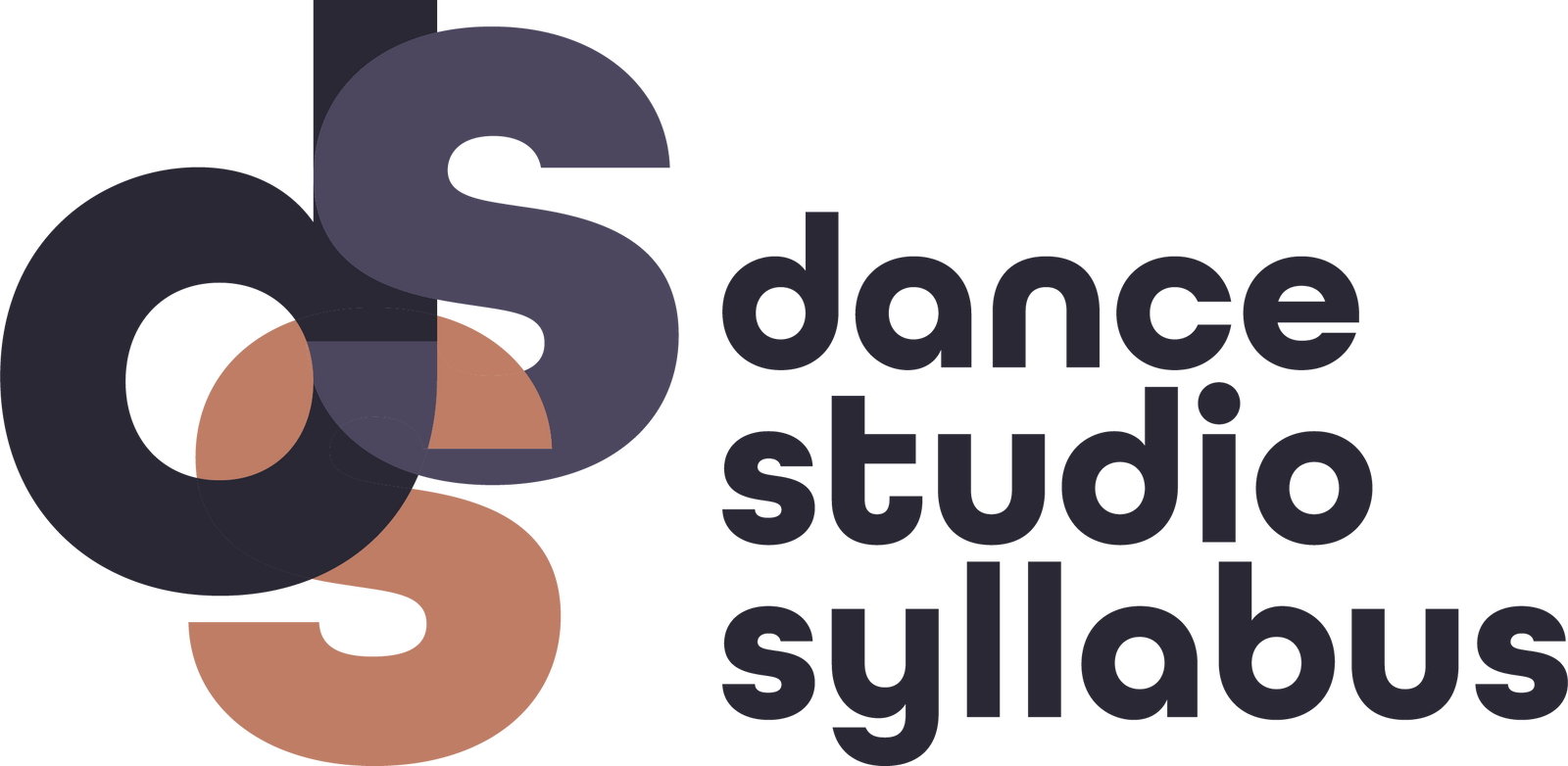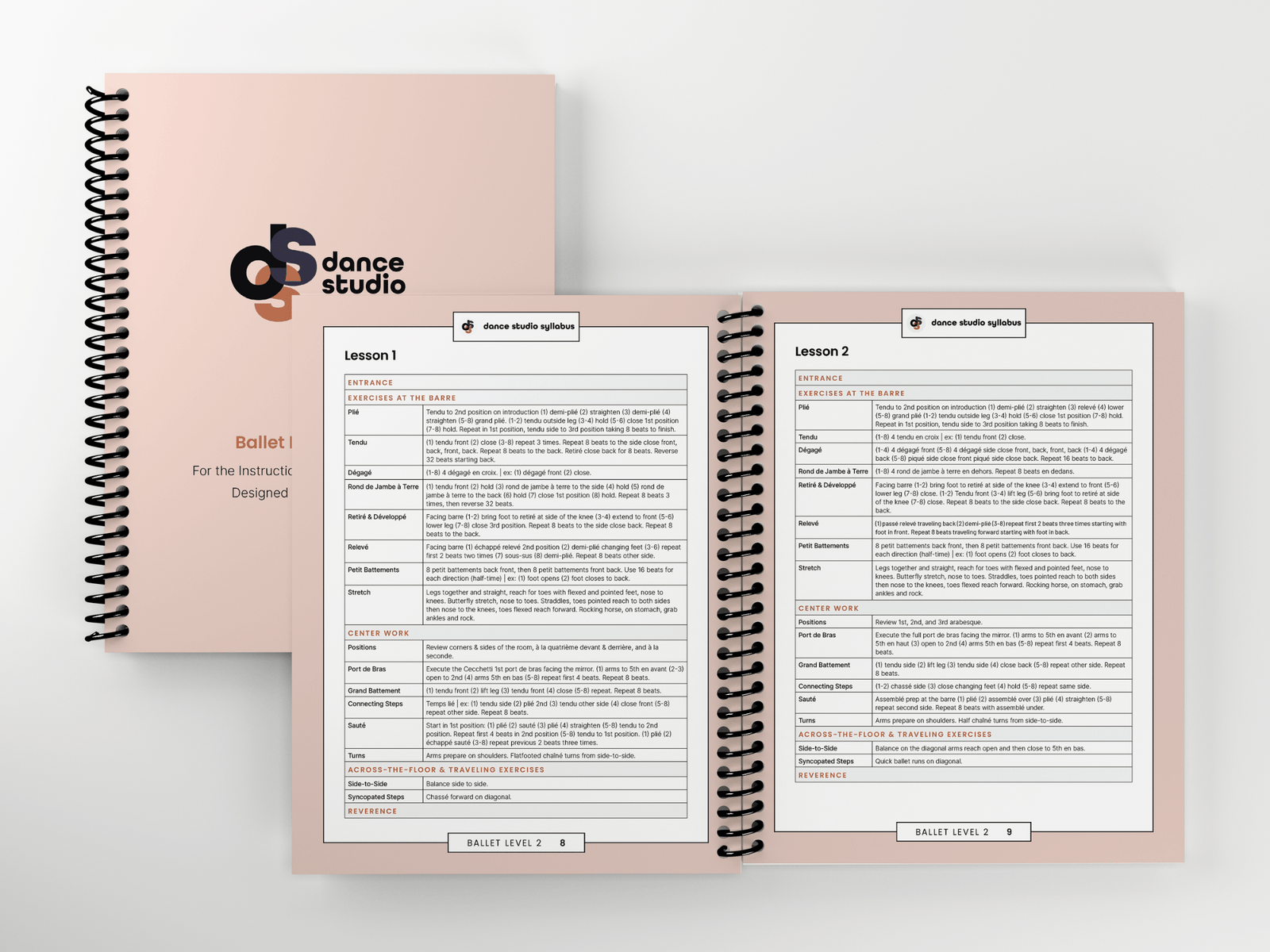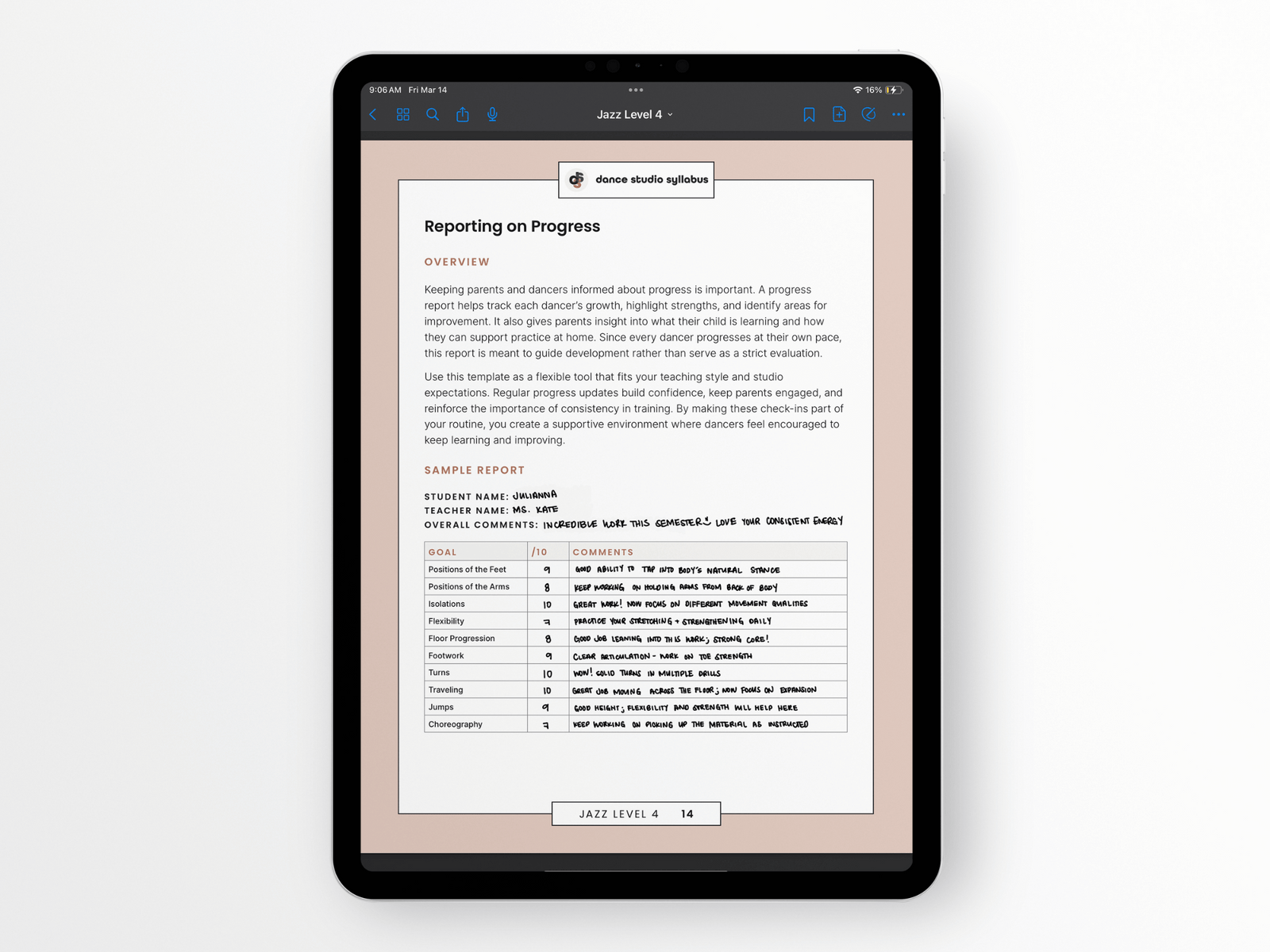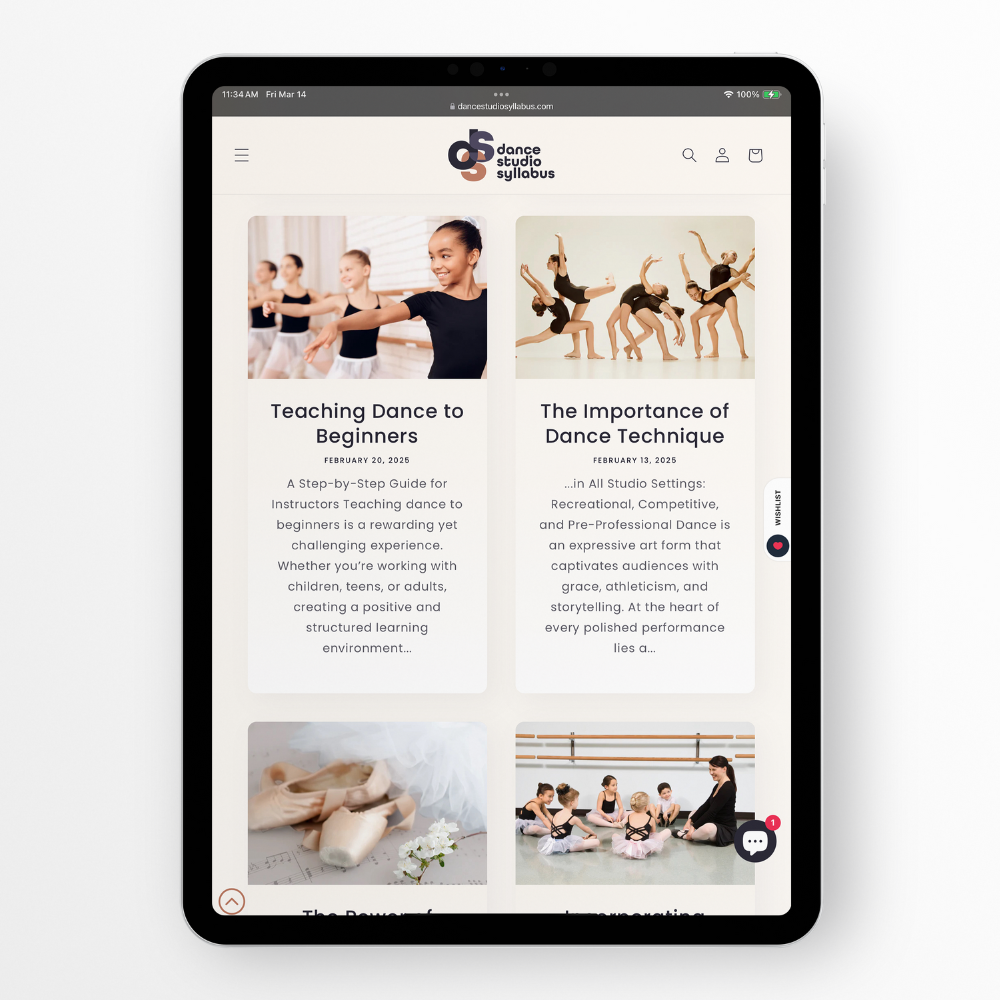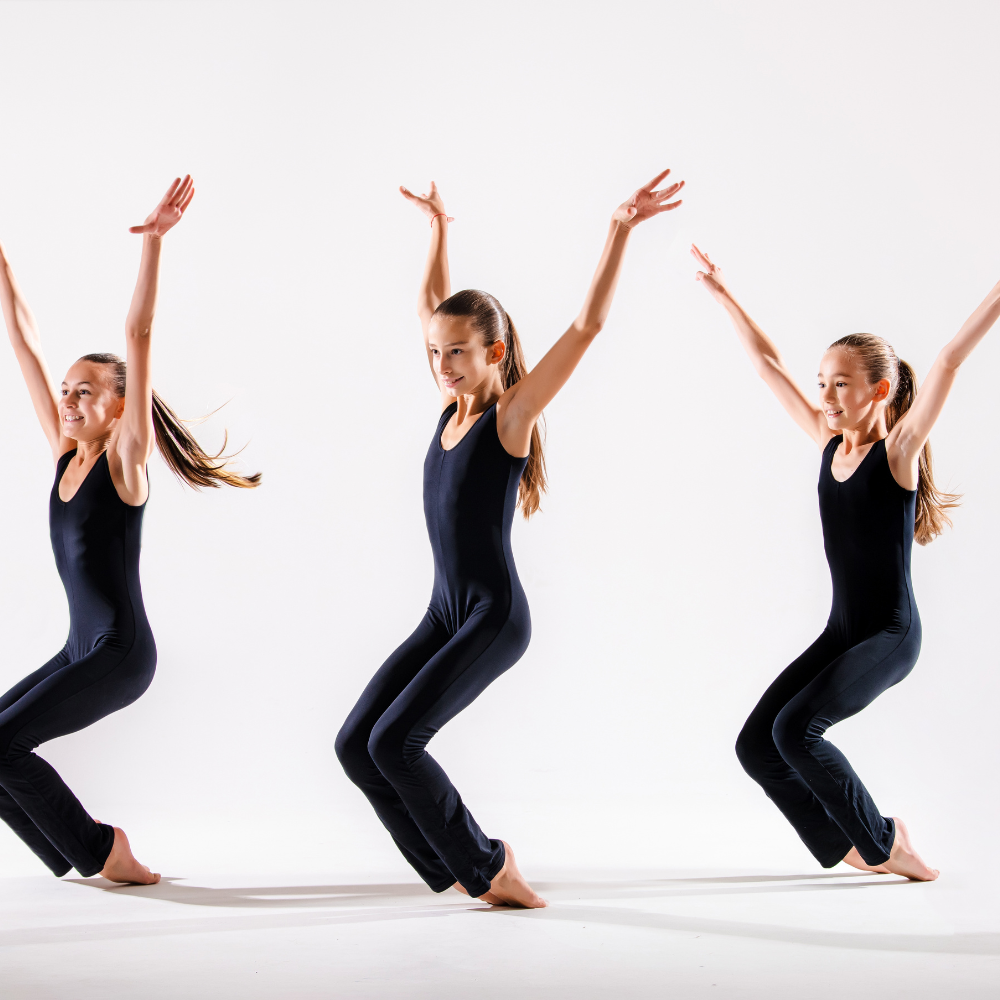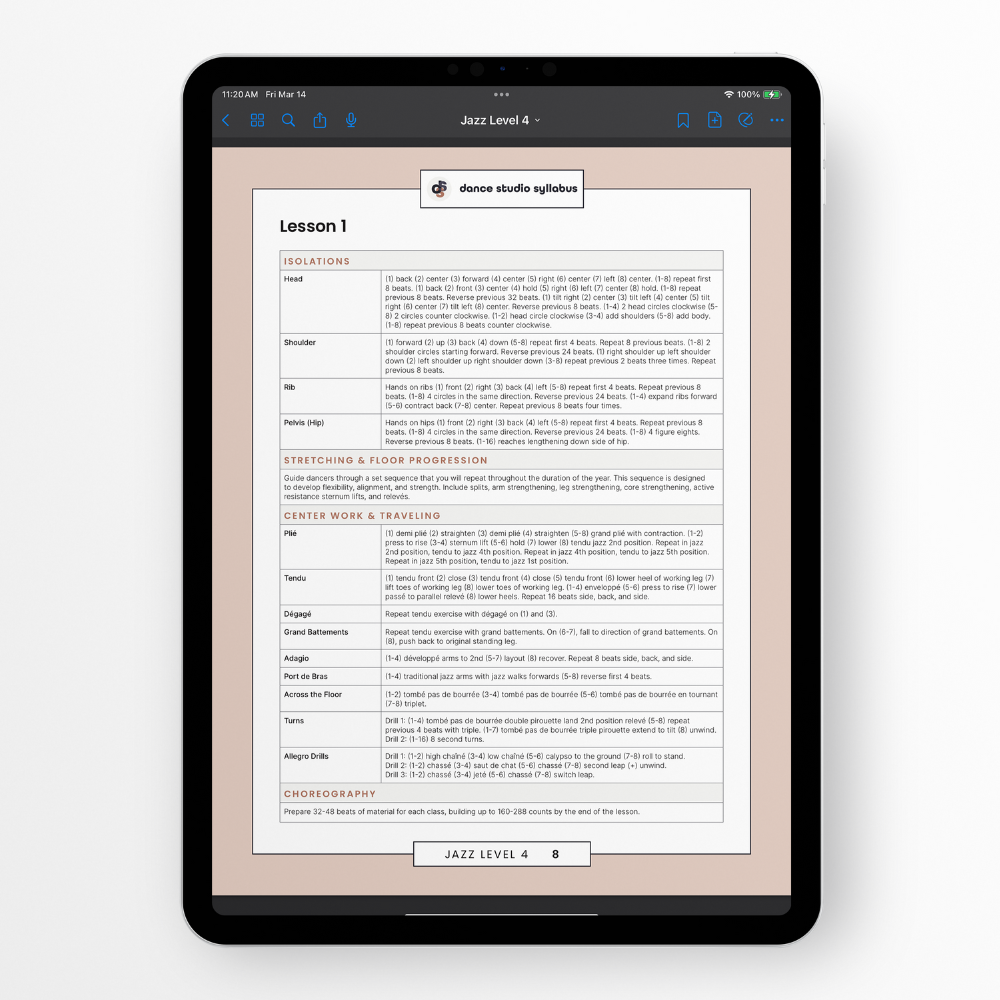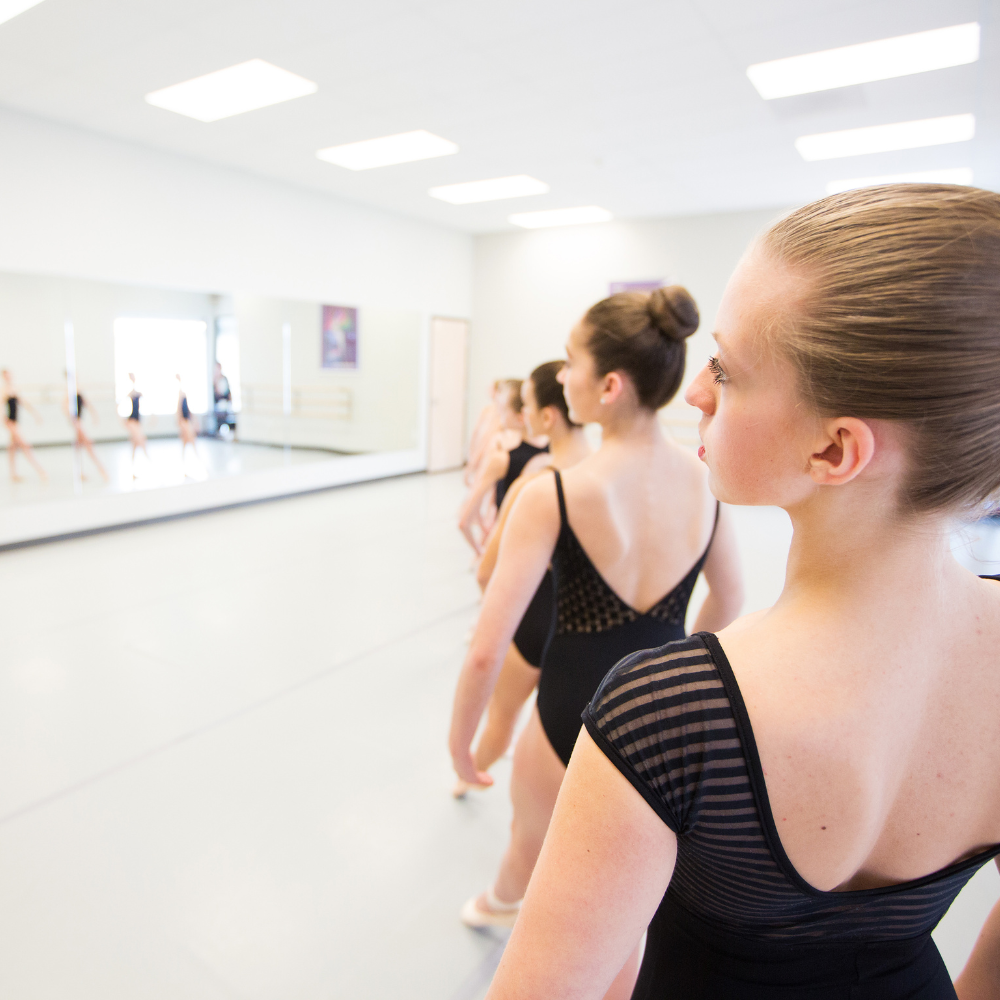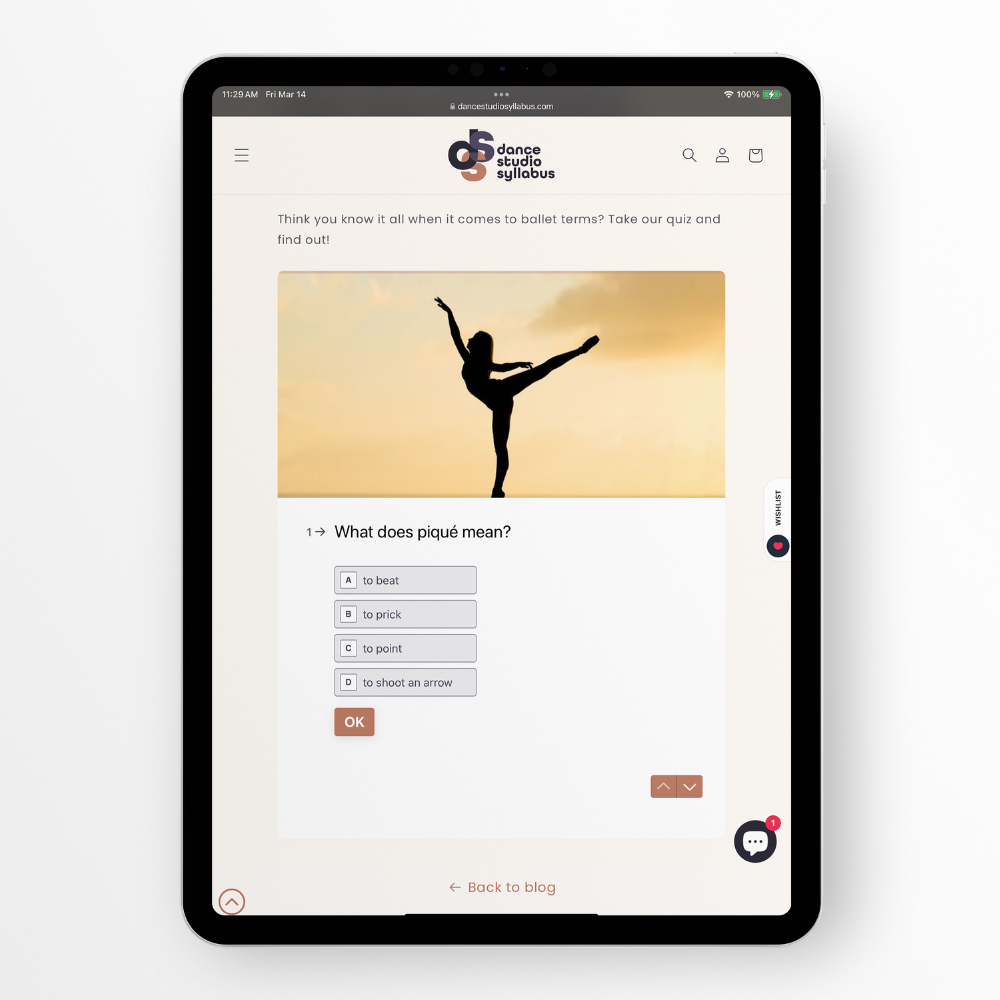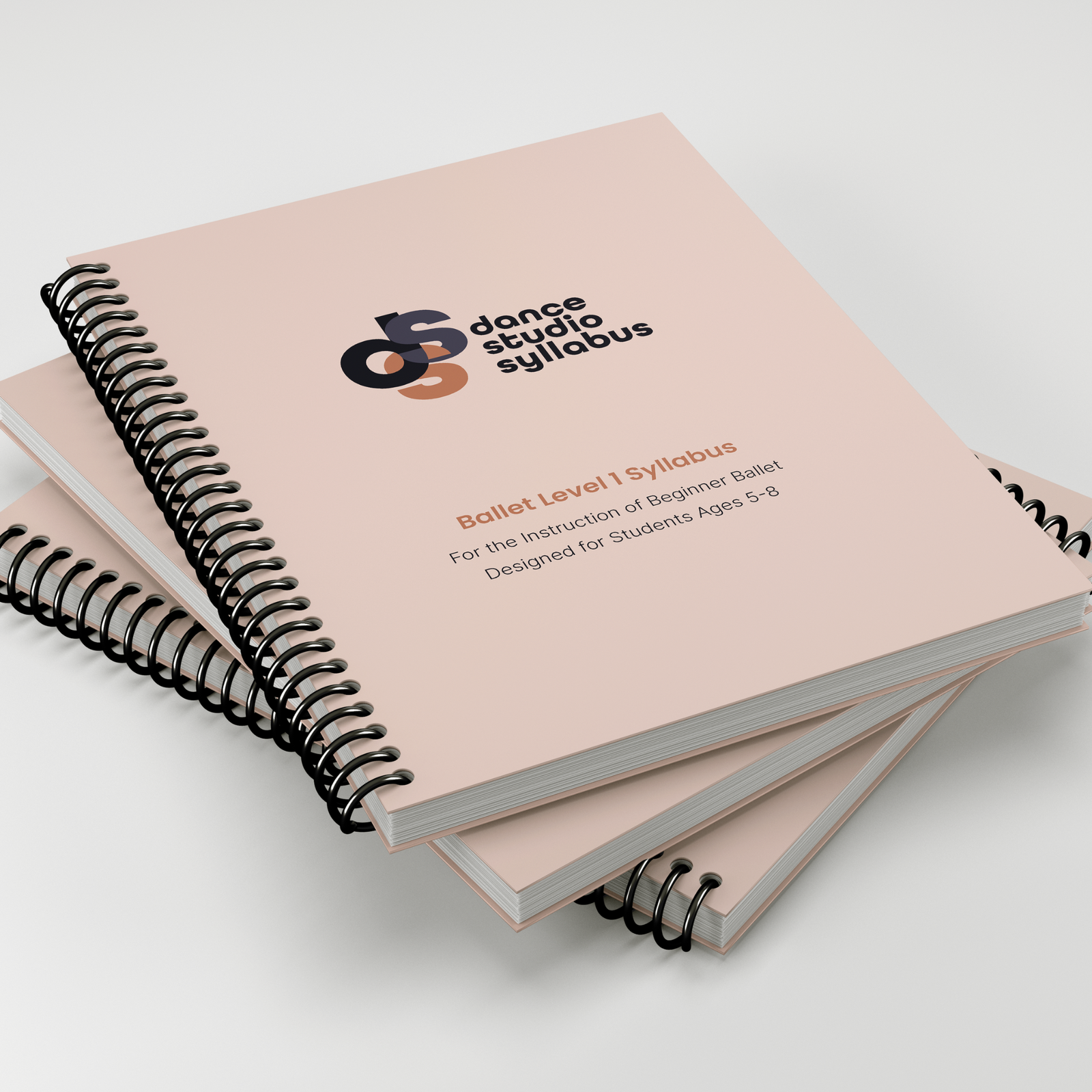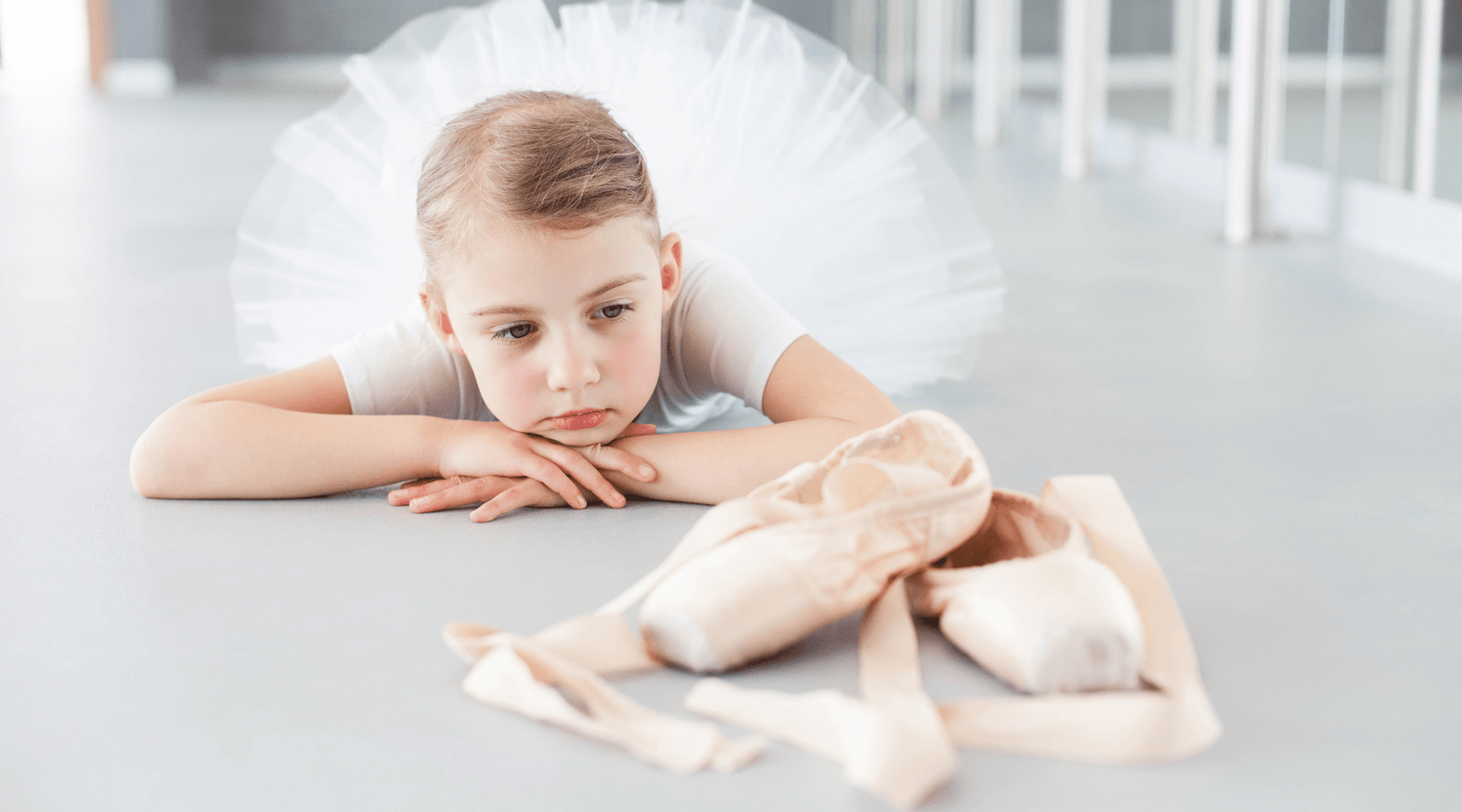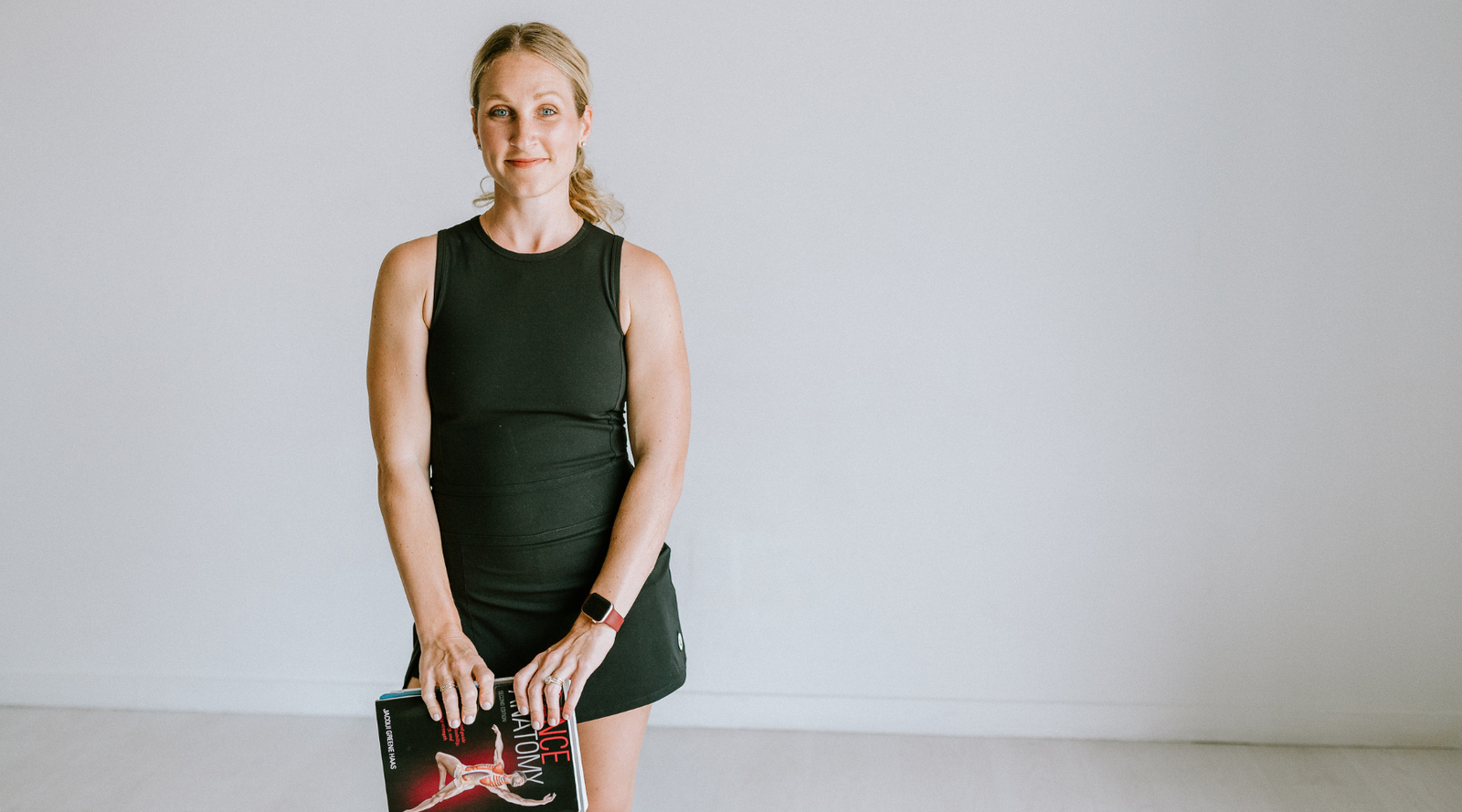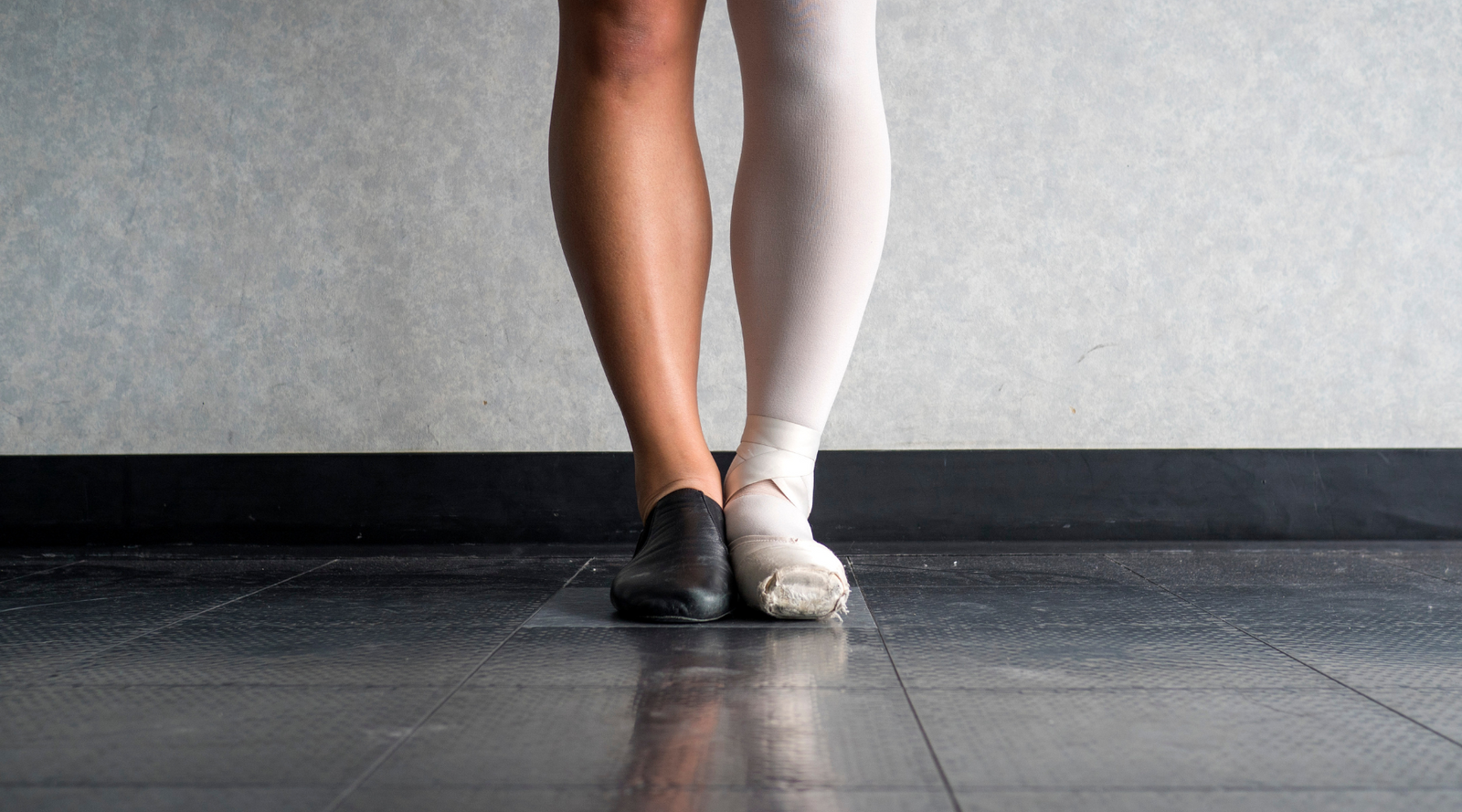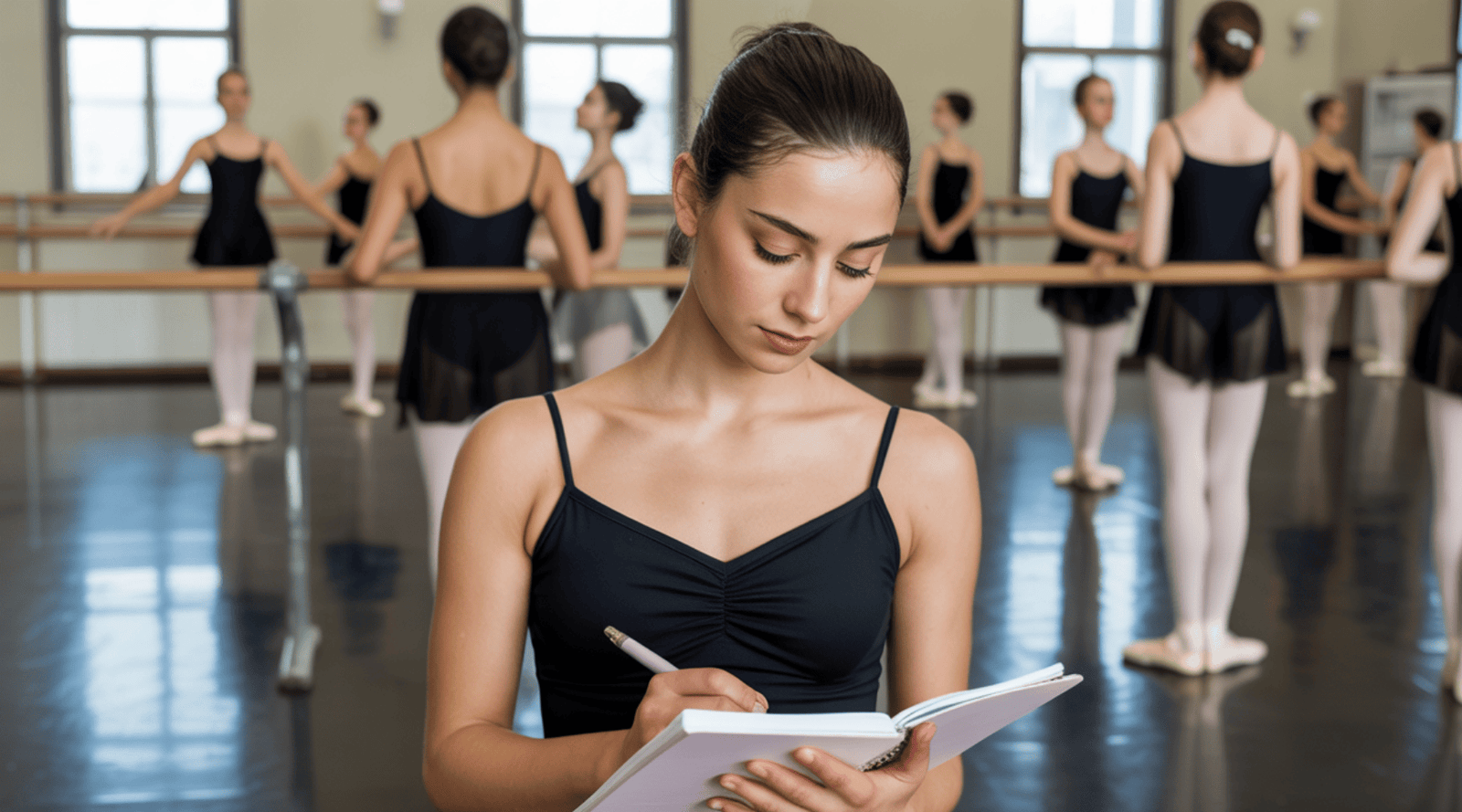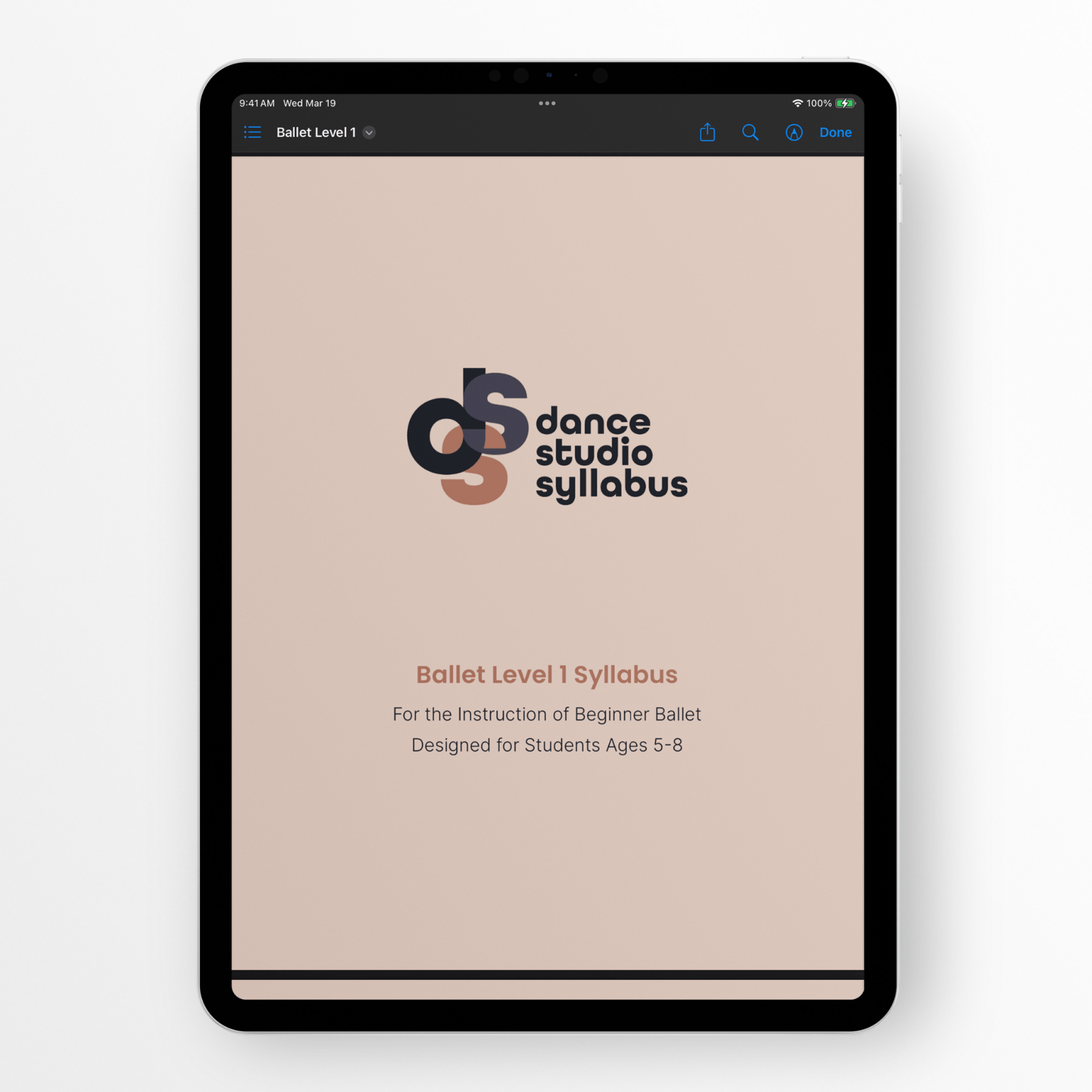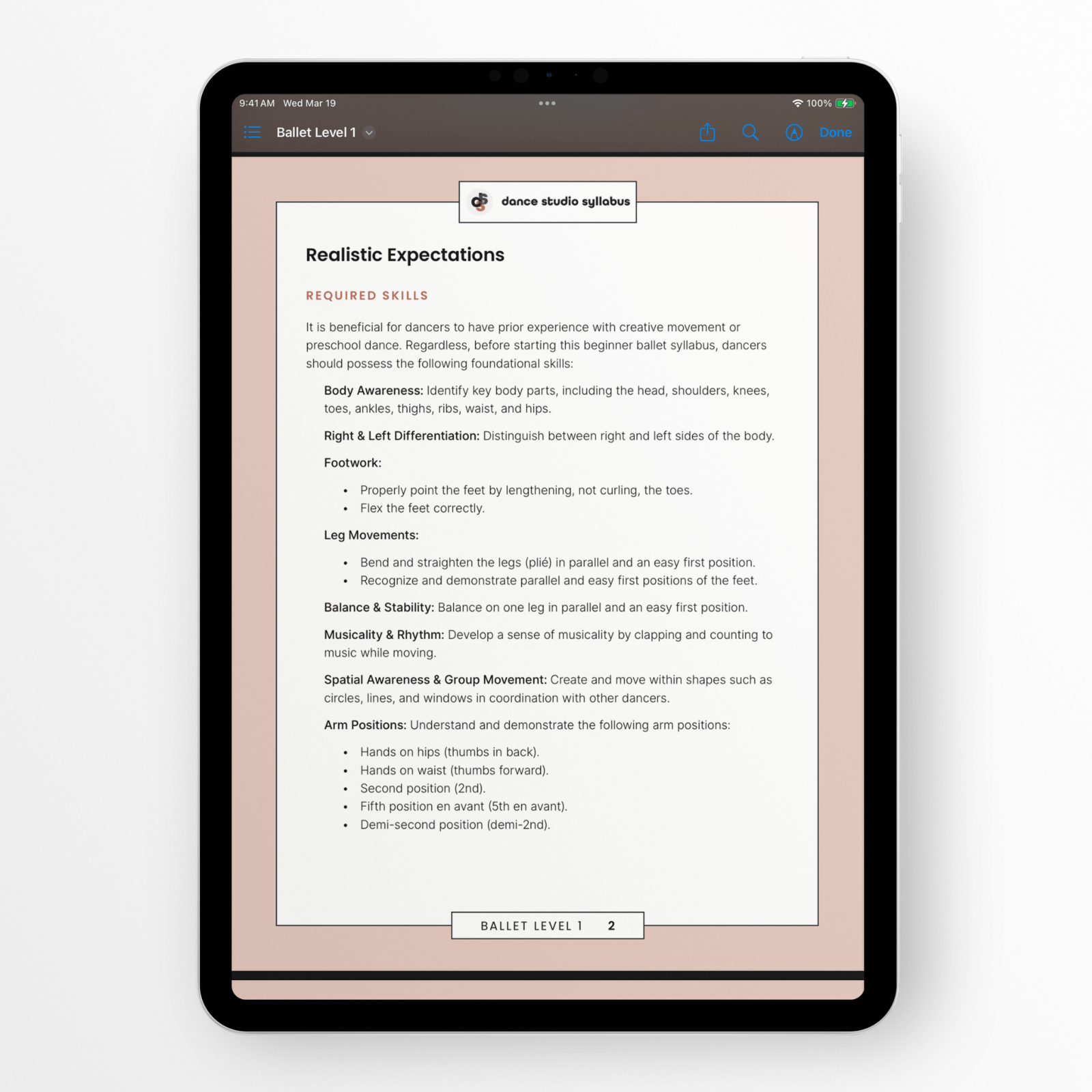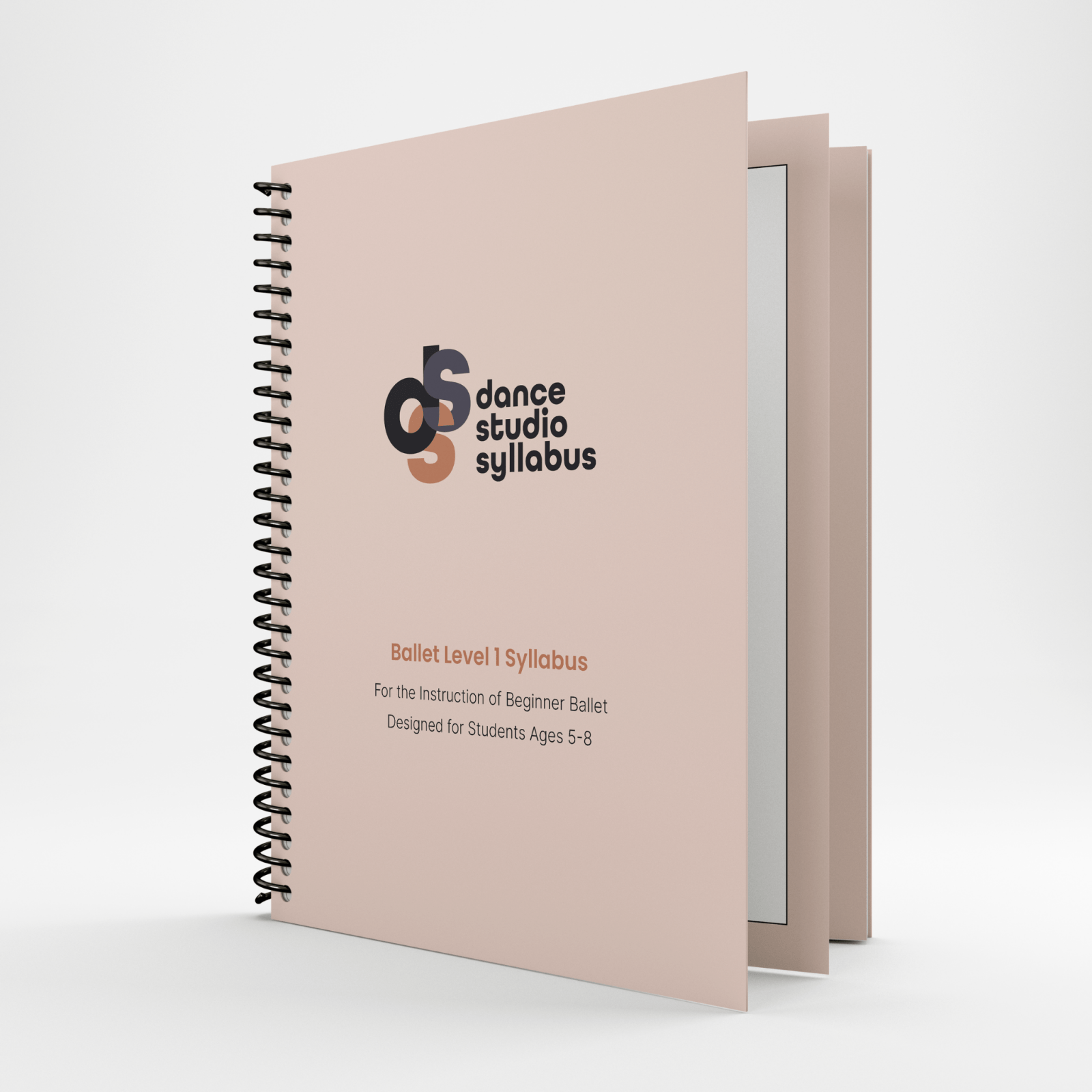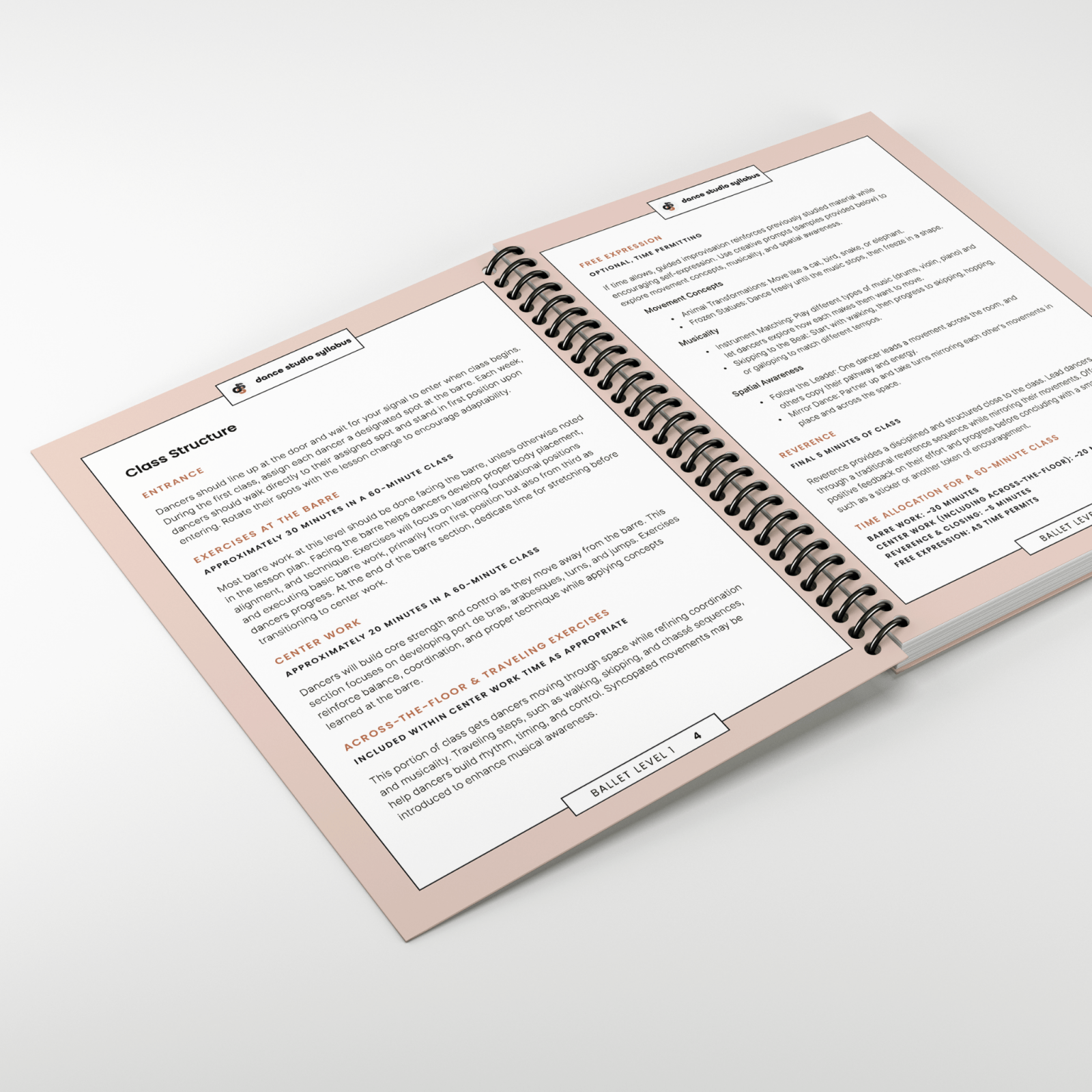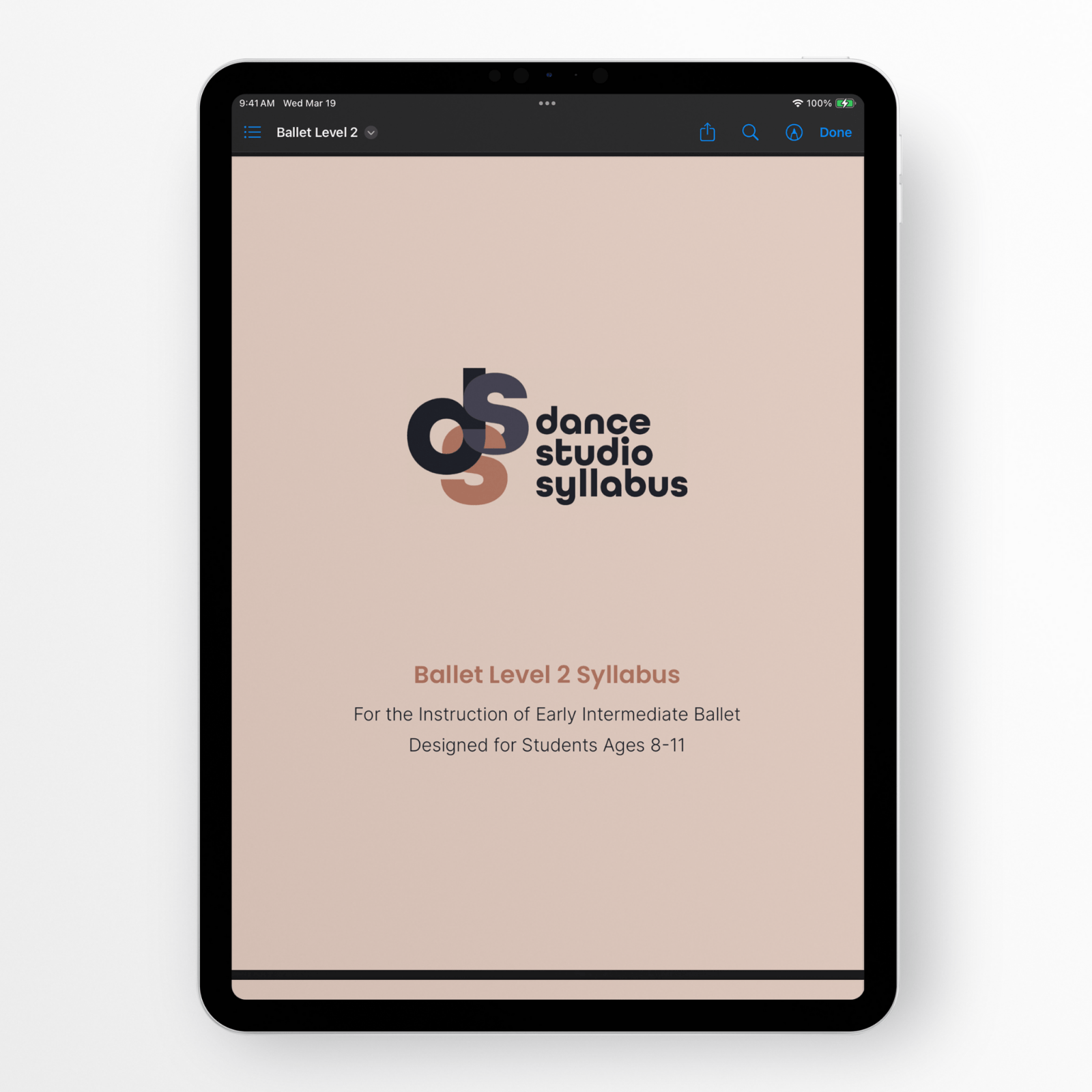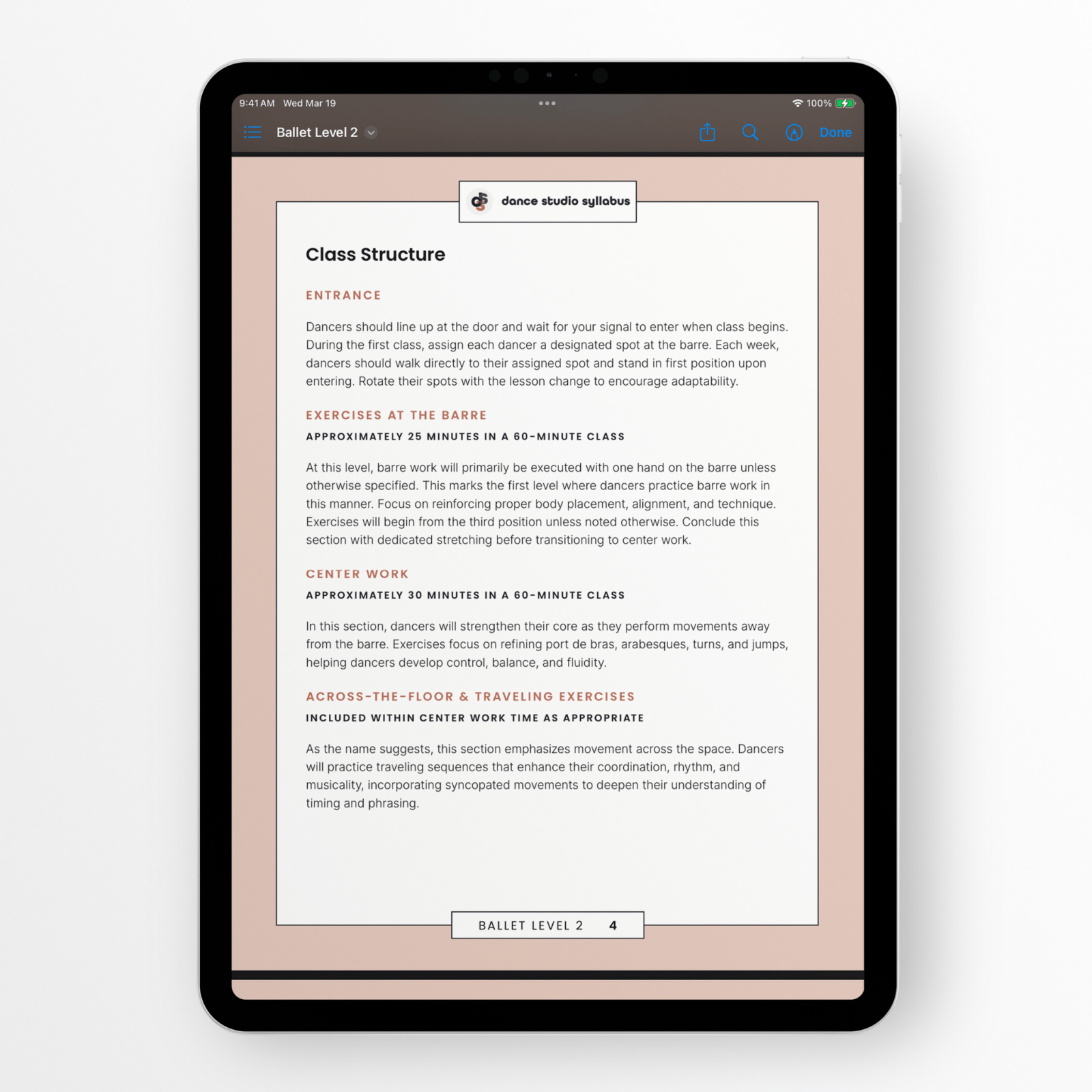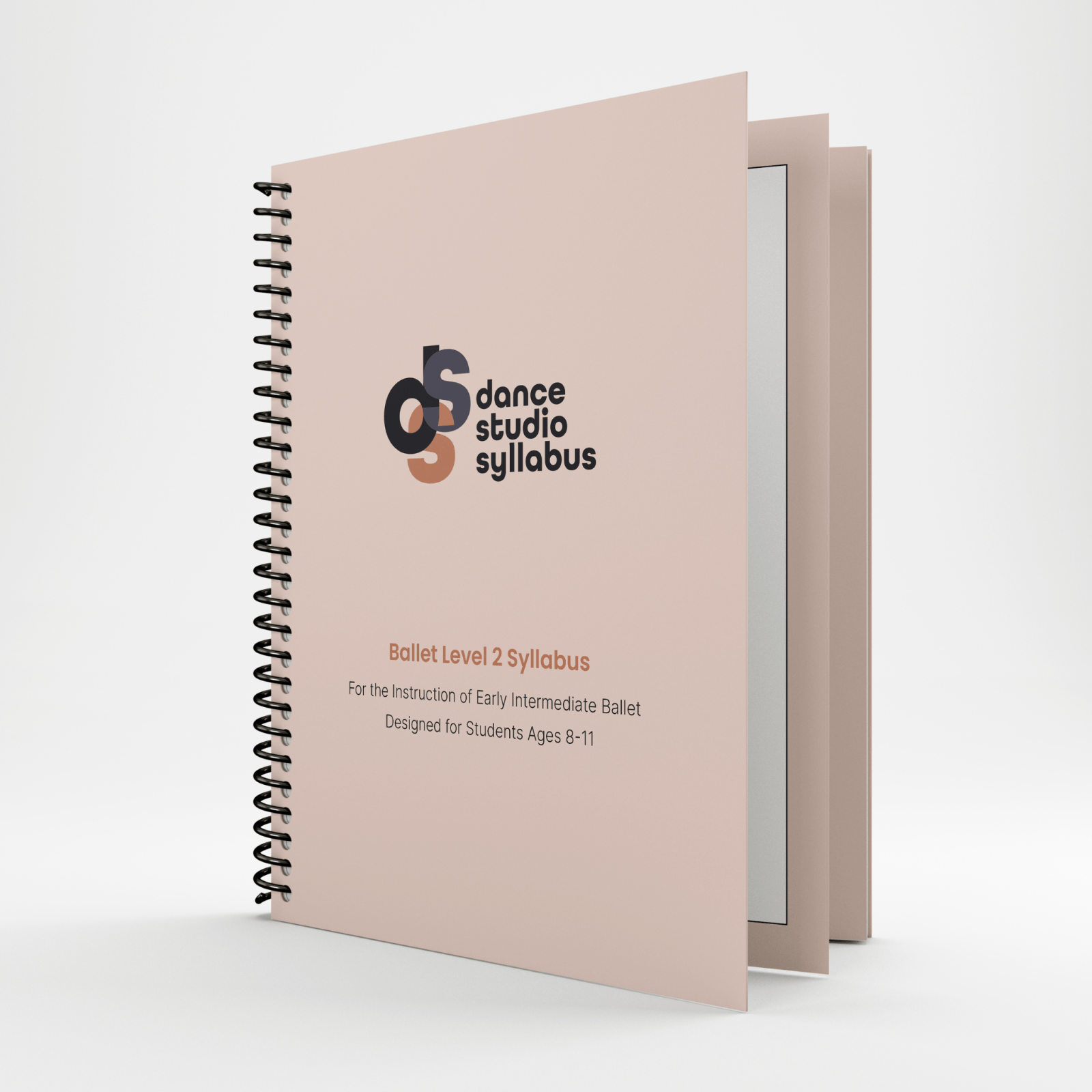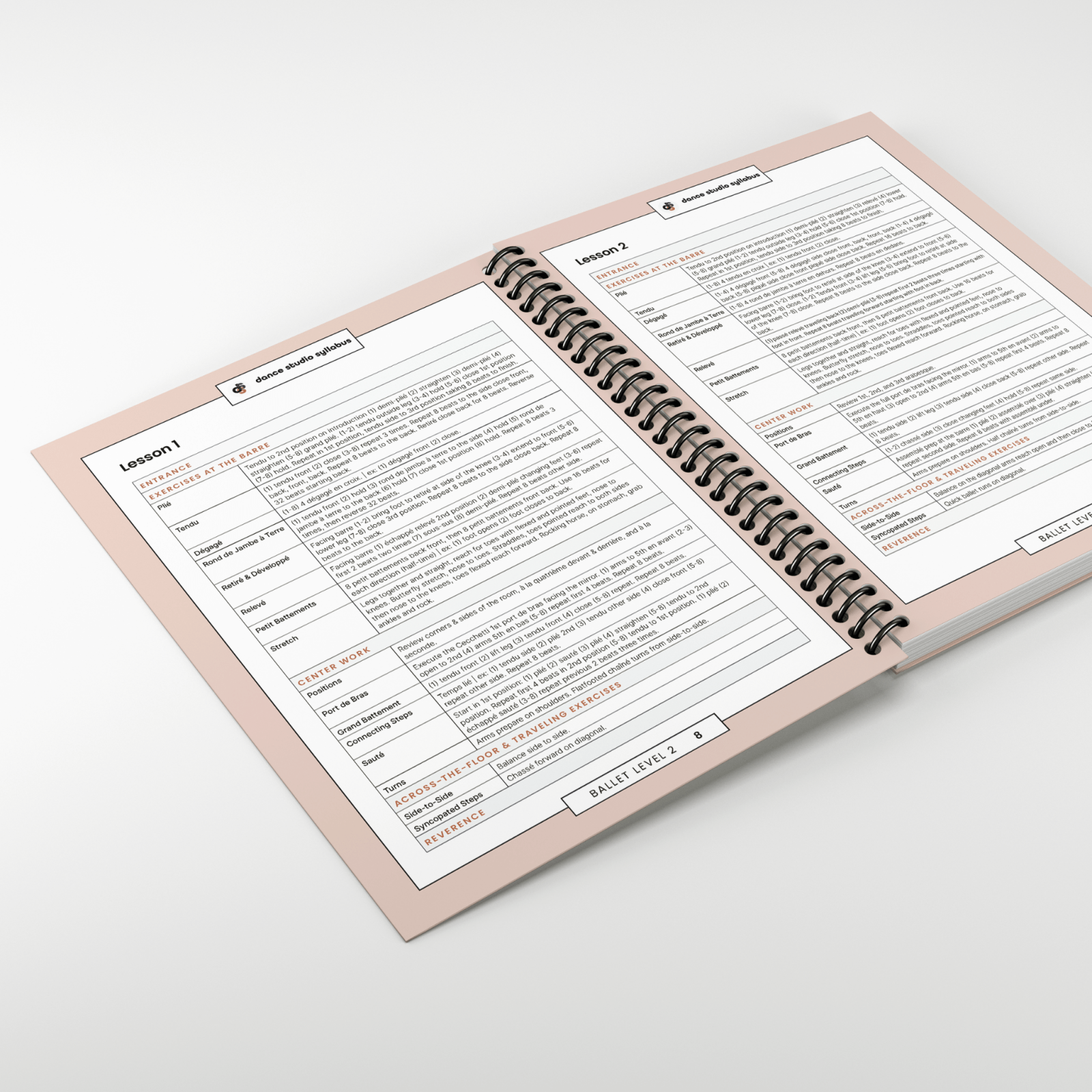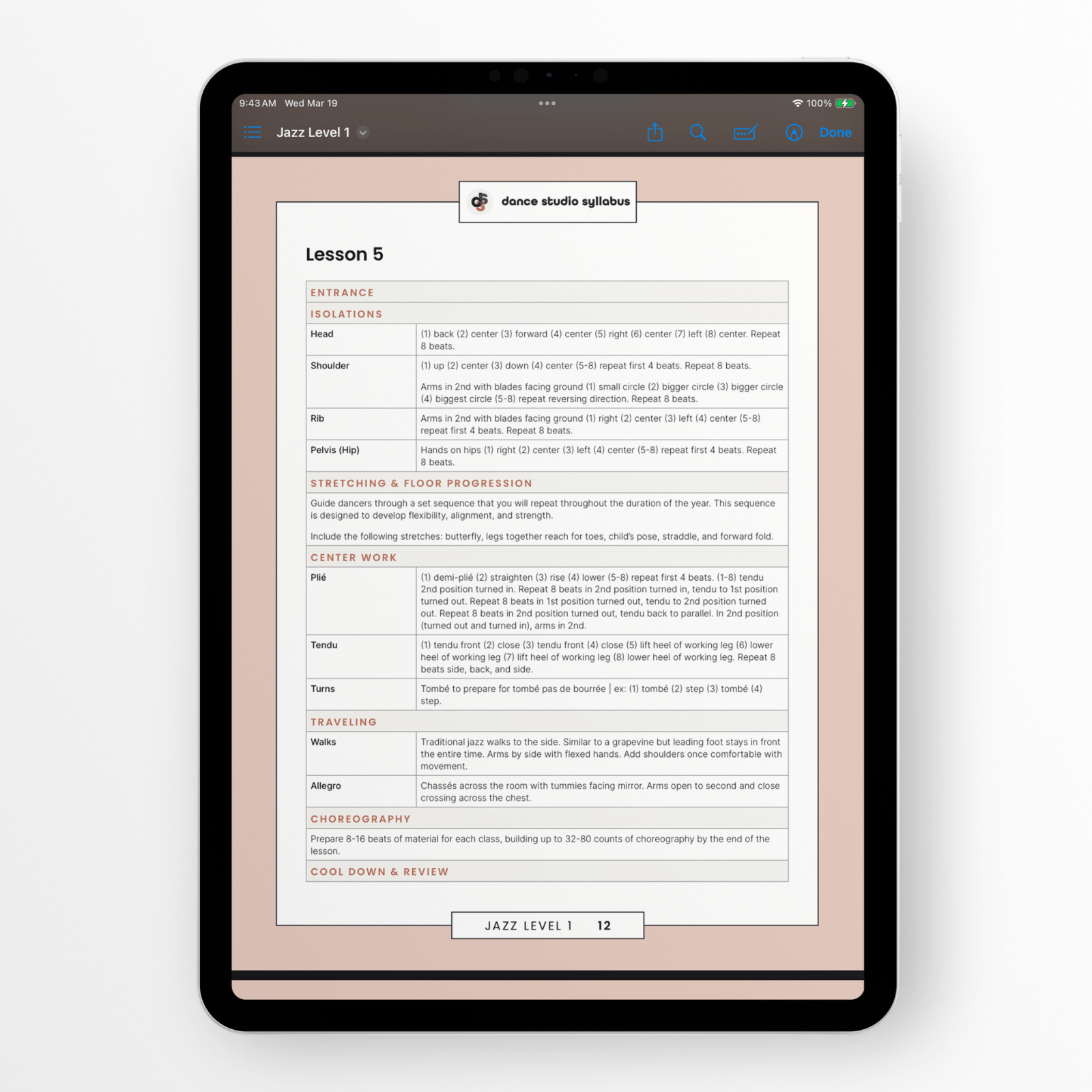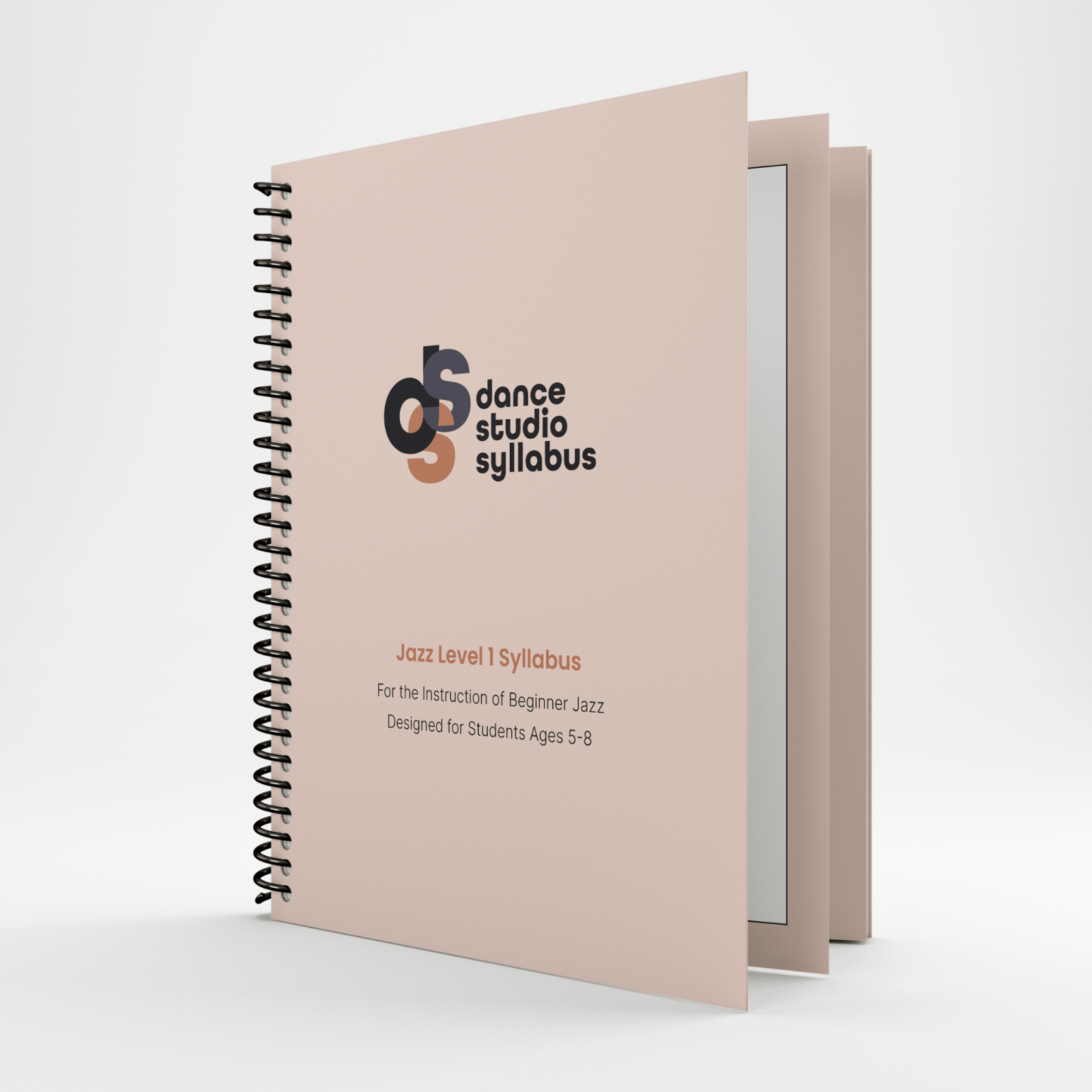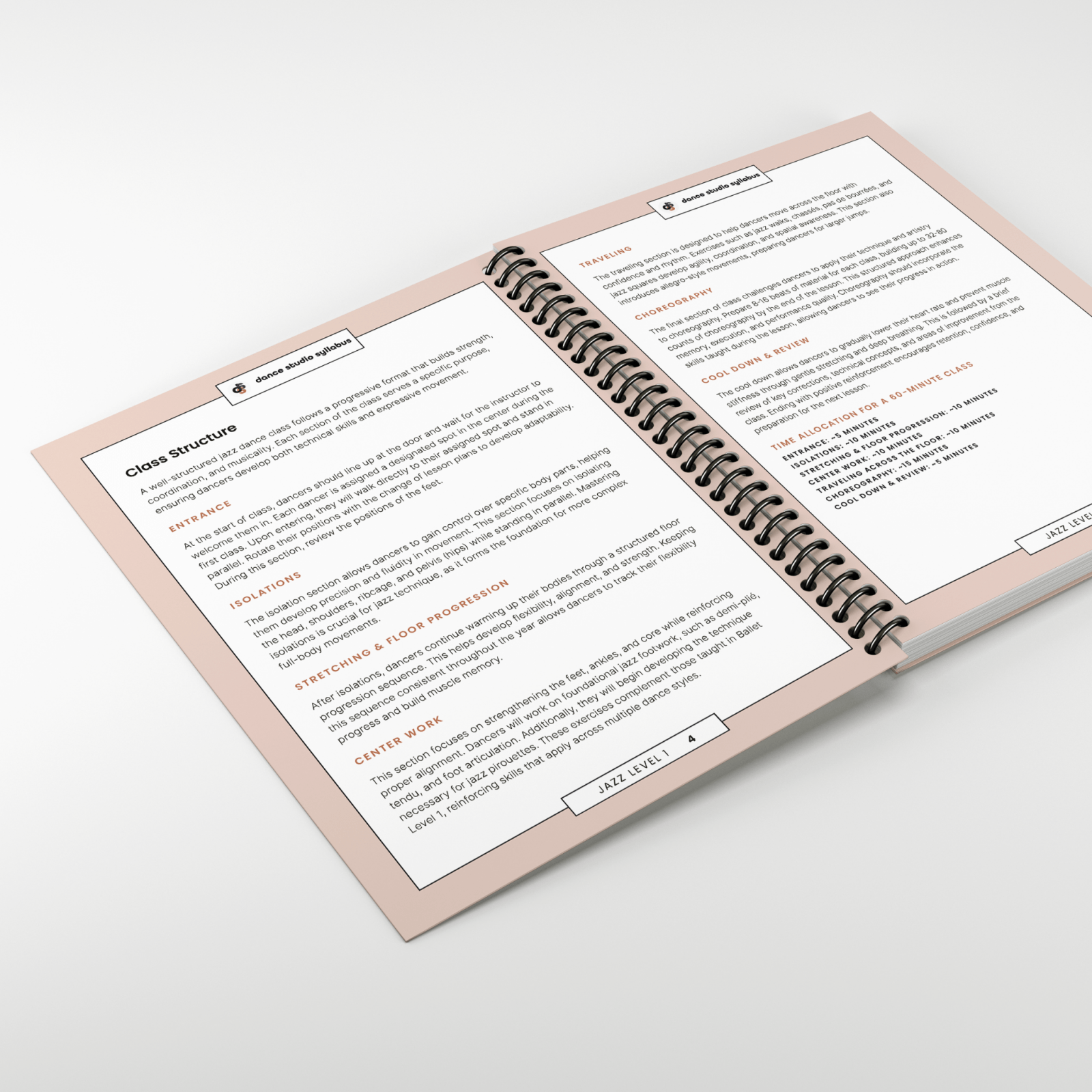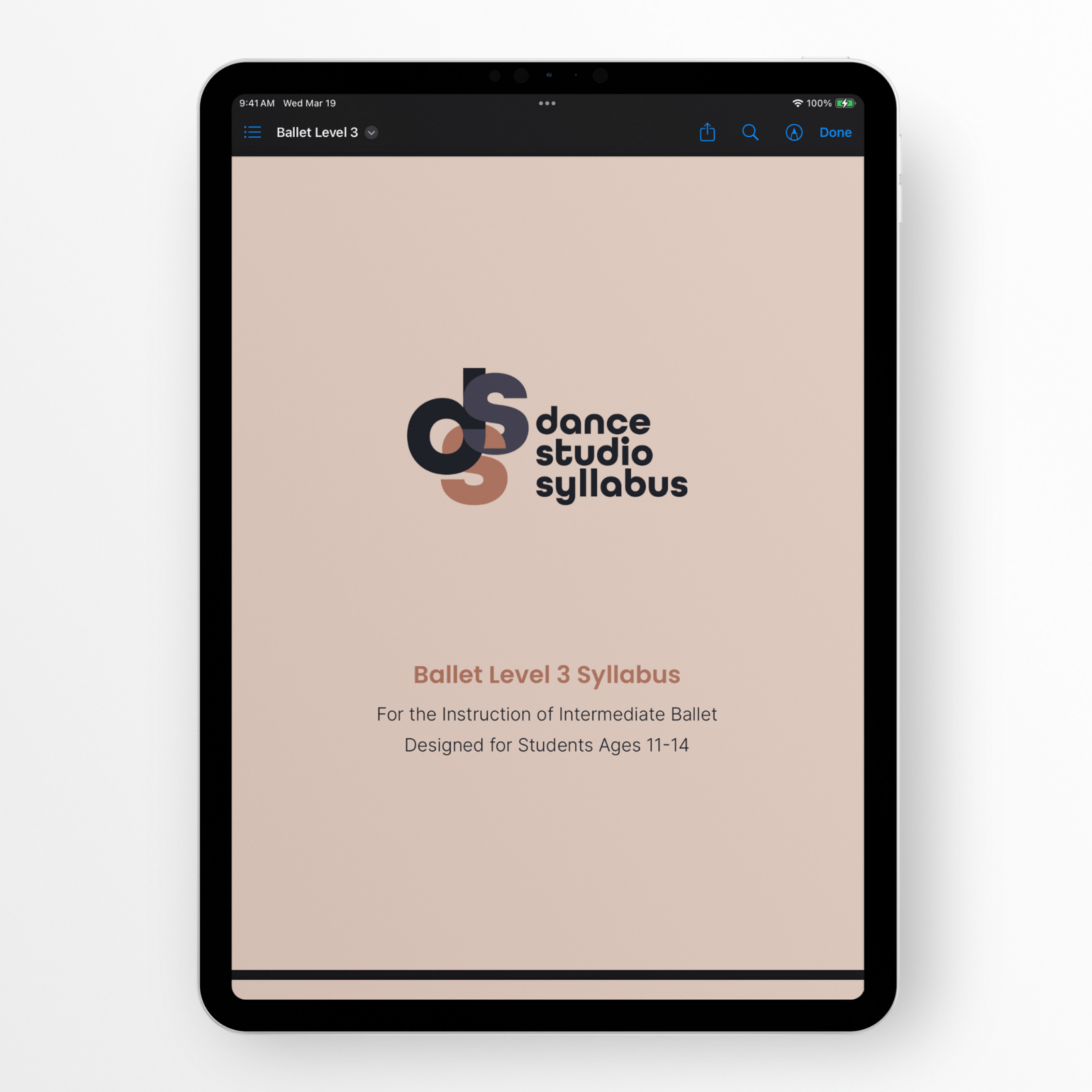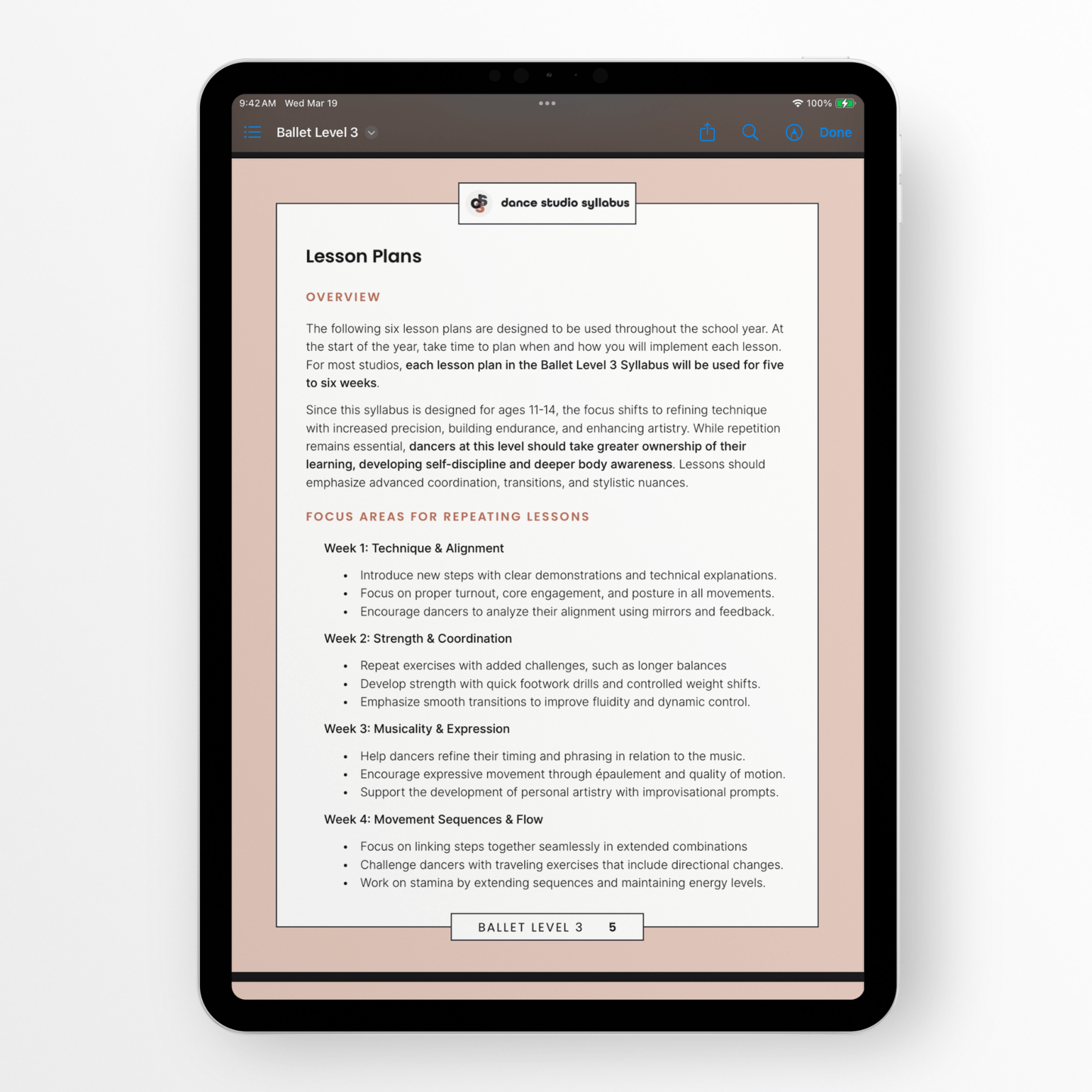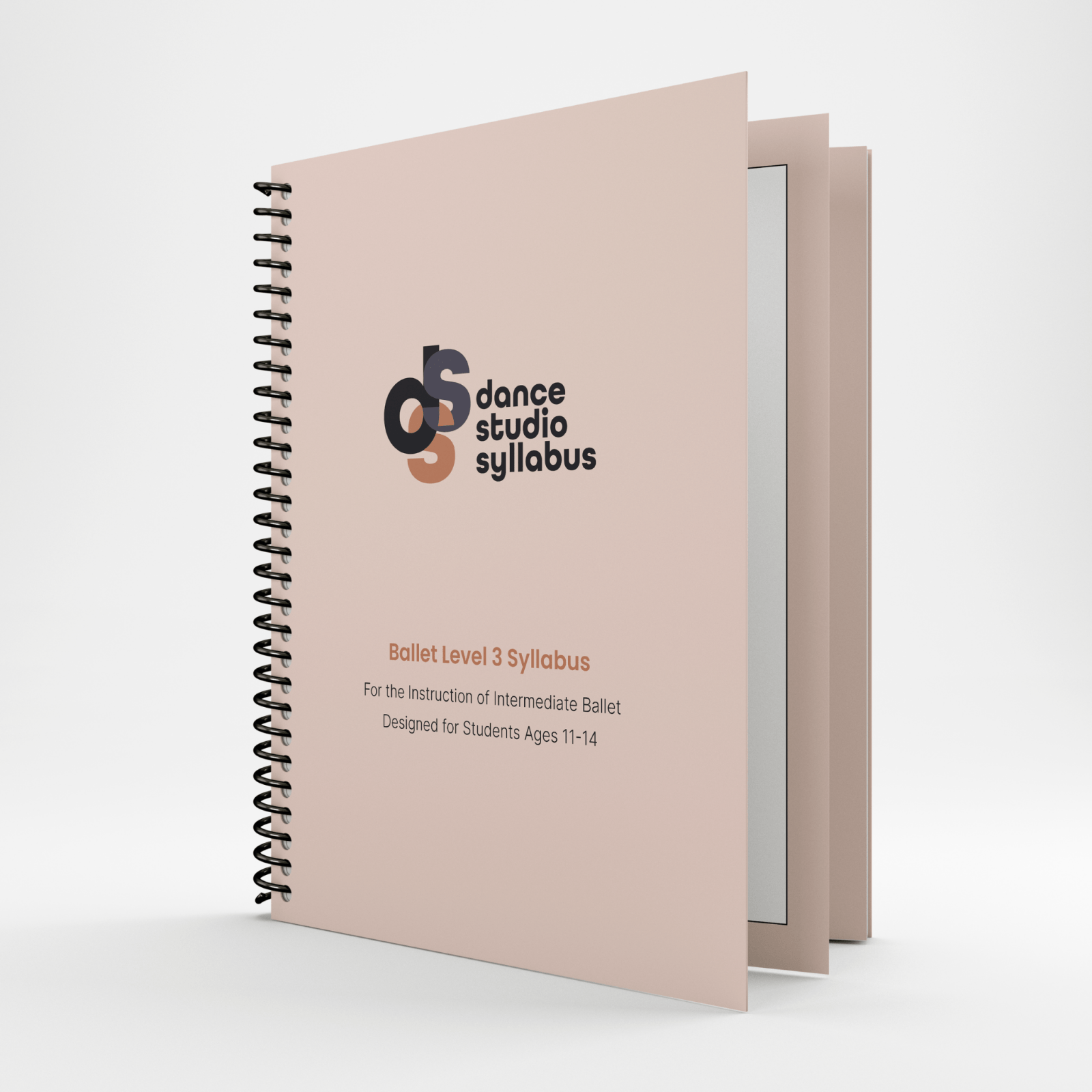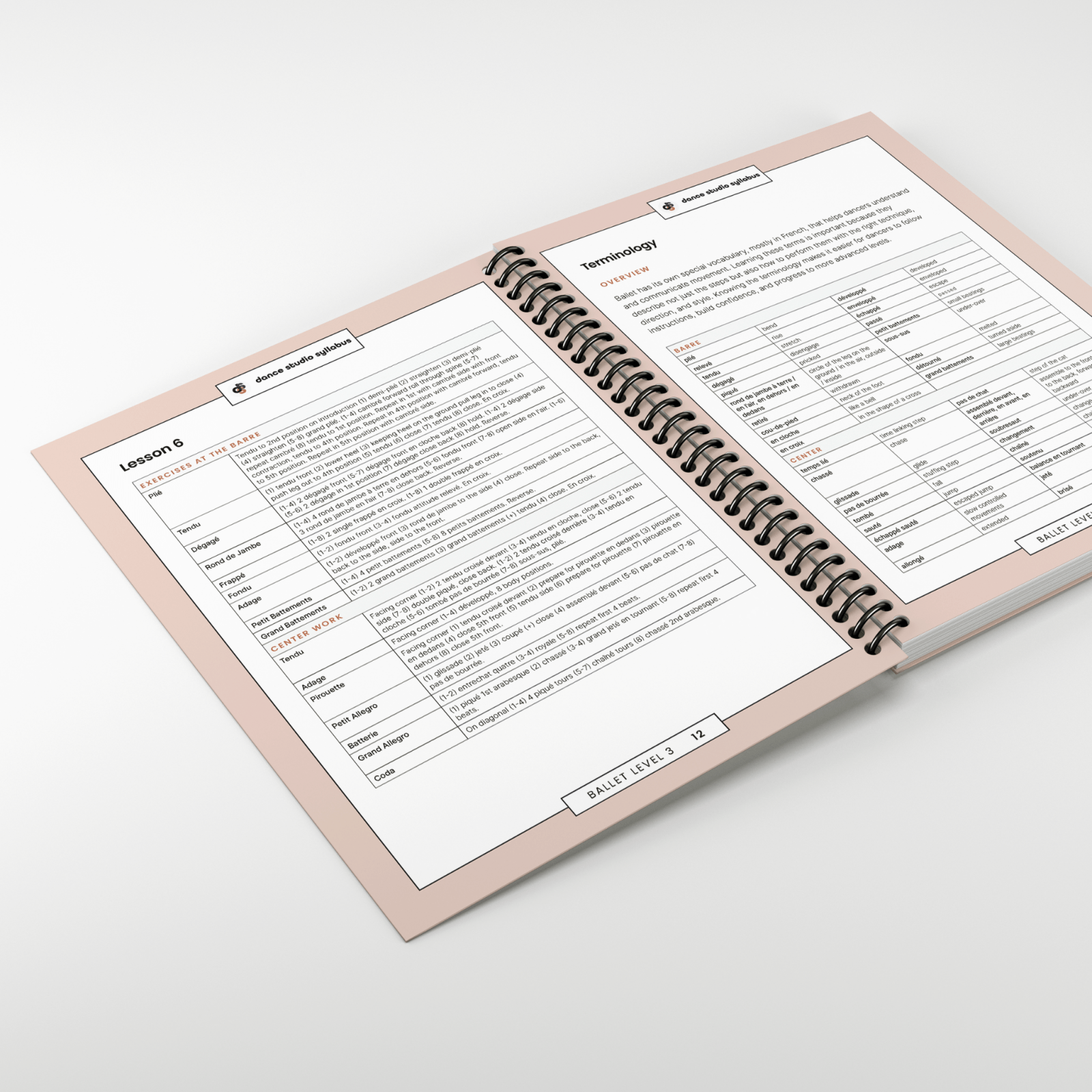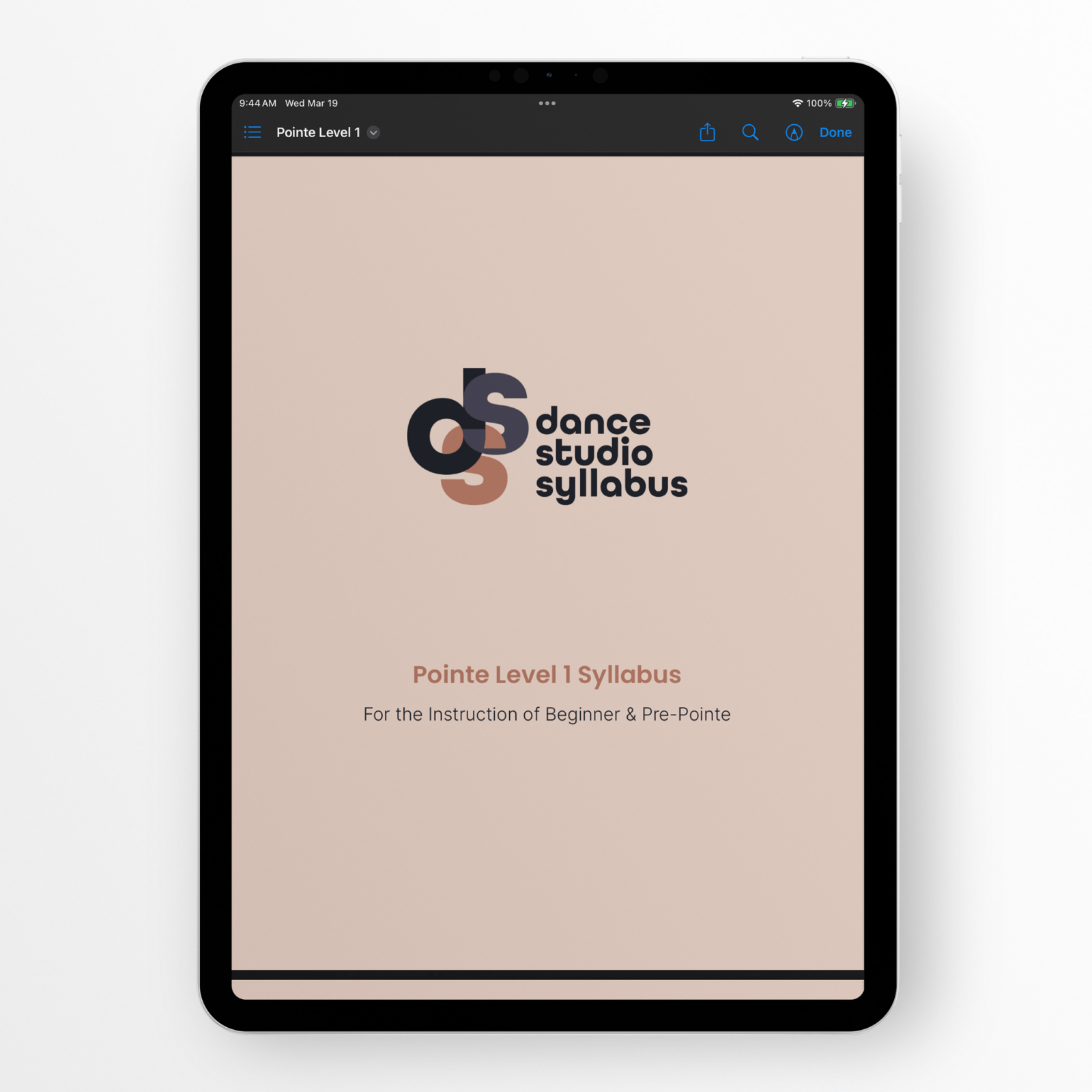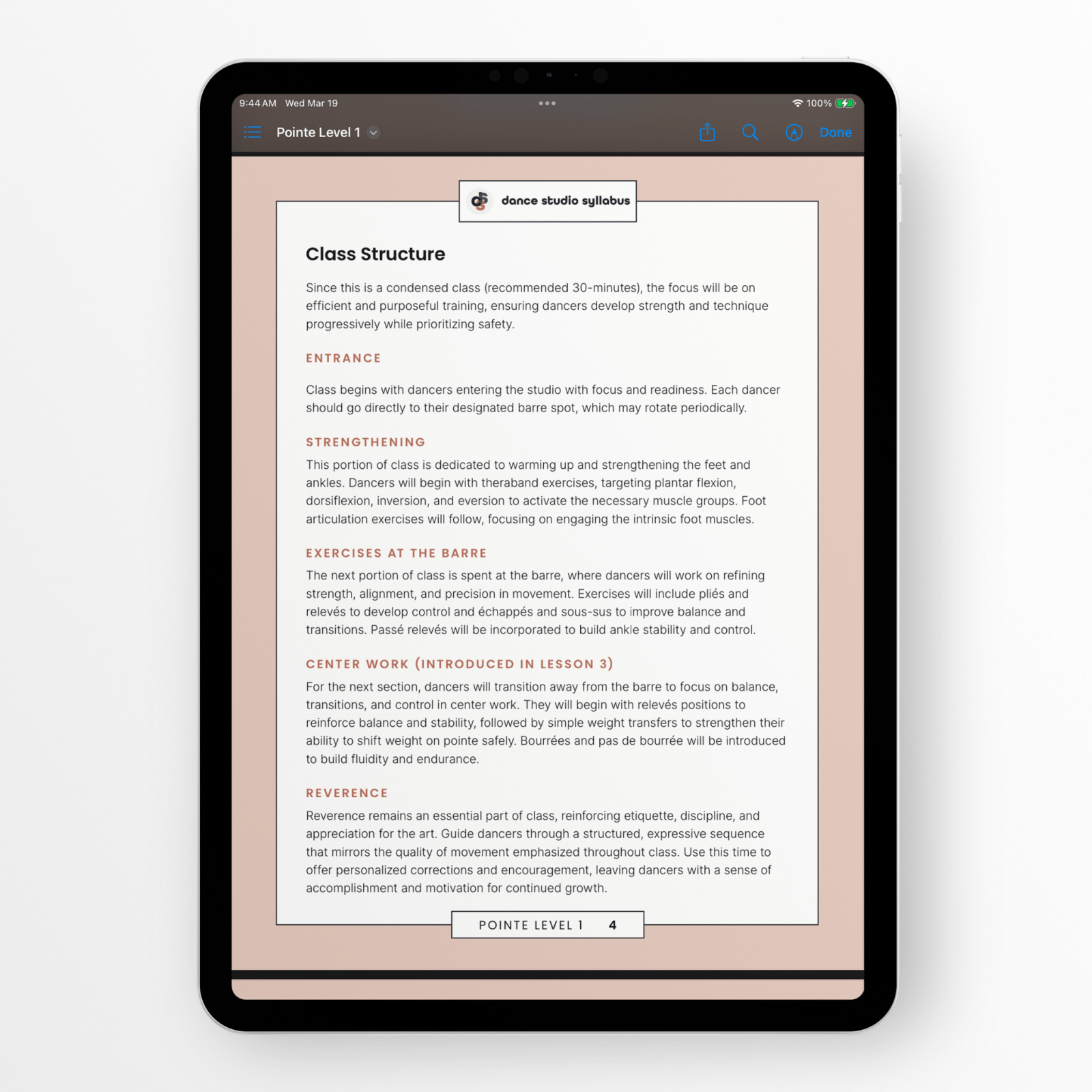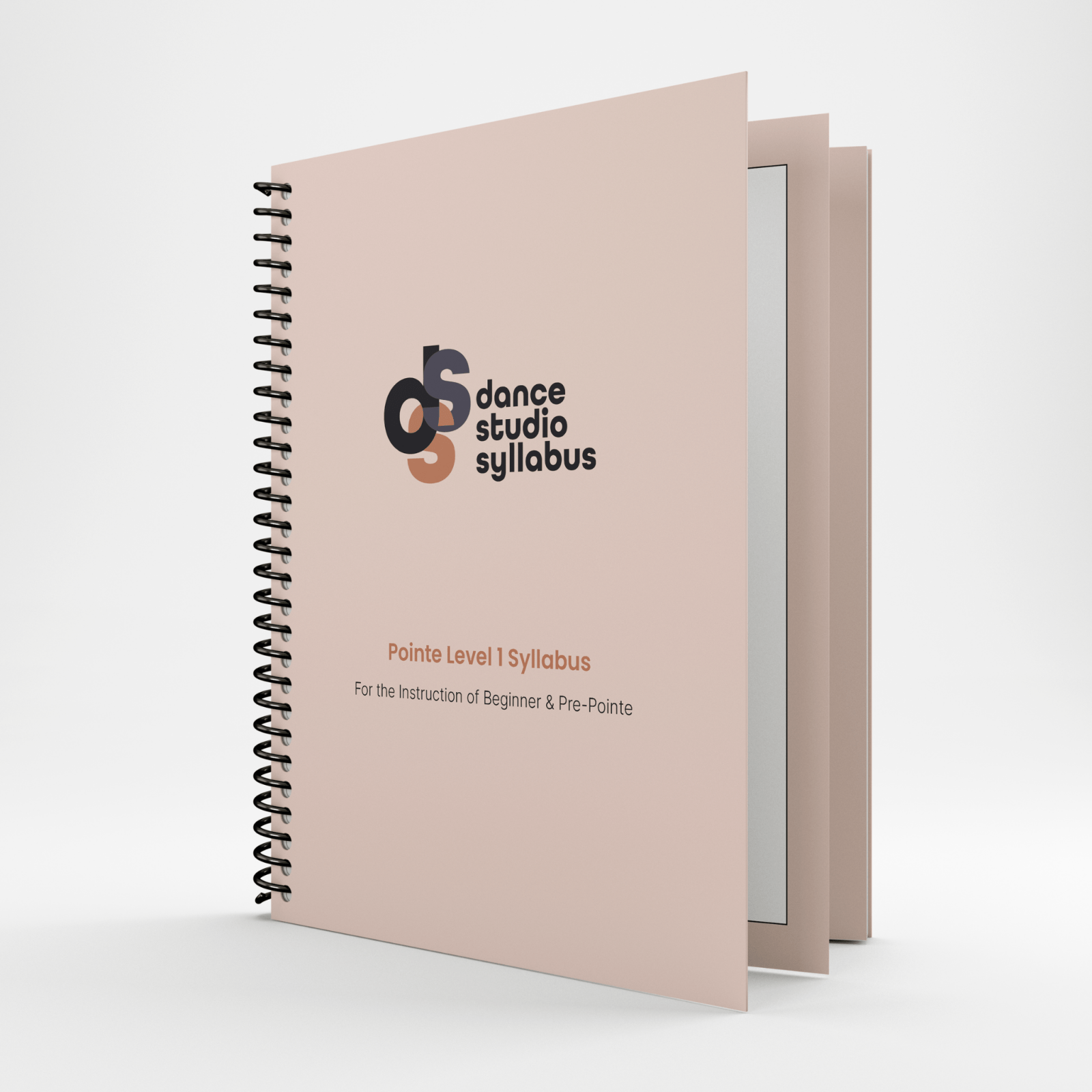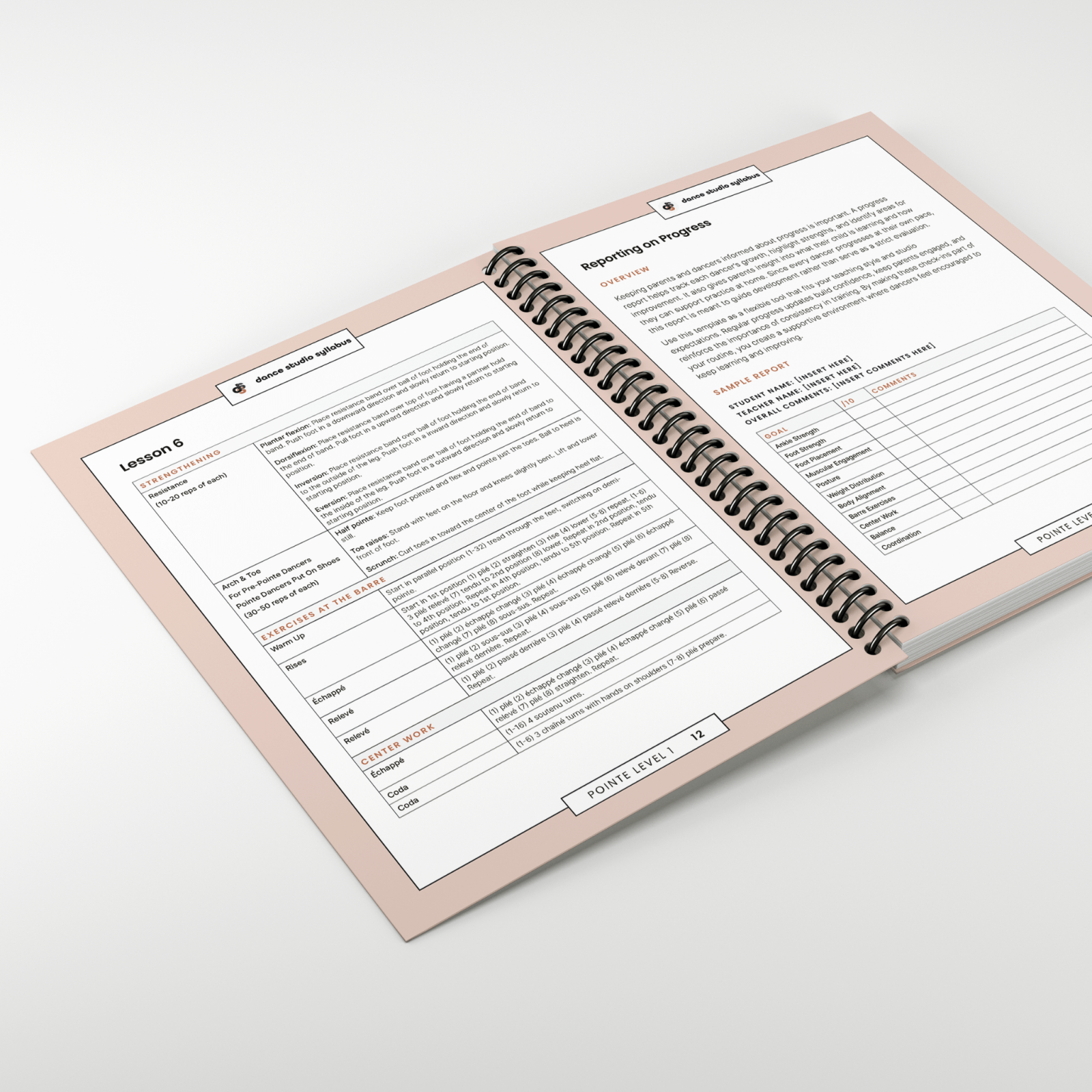As a young ballerina, I remember longingly awaiting the day I would get my first pair of pointe shoes. The warnings of blisters, bunions, or blood didn’t scare me. I couldn’t wait to hit such a momentous milestone!
At the school where I was trained, dancers were put in pointe shoes based on the strength of their ankles and feet. I’m grateful that it wasn’t simply an age based milestone.
If you are a dancer patiently waiting for this milestone, this blog will address five goals to work towards. If you are a teacher not sure when to progress a student, you can use these signs as five areas to assess.
1. Ankle strength is developed and balanced in all directions.
There are four motions that help develop ankle strength: plantar flexion (downward), dorsiflexion (upward), inversion (inward), and eversion (outward). By growing in each of these areas, dancers can increase the strength of their ankles in a balanced manner.
Note: This is not only critical for pointe work but also all other areas of dance. Strong ankles are critical for injury prevention and empower technical growth.
2. Foot strength is consistent and evident in the arches and toes.
You don’t develop the ability to articulate through each portion of the foot overnight. Building the strength to engage specific portions of the feet ensures that dancers know exactly how to engage certain muscles when their feet are confined in a different shoe.
Note: Developing strength in this area will also improve your pointed foot in all other genres as well.
3. Foot placement is correct in each of the five positions of the feet.
It’s important that dancers are able to evenly distribute their weight when standing in each of the five positions of the body. There shouldn’t be any pronation (leaning inward) or supination (leaning outward) of the feet. Look for neutral alignment as a sign of readiness.
4. Proper use of muscles and alignment is evident throughout exercises.
Teachers need to help their dancers become aware of proper alignment and muscular engagement. We recommend implementing annual lesson plans to offer class space for these conversations. When dancers are able to use their muscles properly and demonstrate correct alignment, that is a sign that they are ready to progress to pointe work.
5. Basic pointe barre and center work is executed in soft shoes with control.
Misty Copeland has a fabulous ballet technique and artistry class on MasterClass. It’s beautiful, fun, and built entirely on the basics. She shares that she uses the basic exercises of pliés, tendus, temps lié, and ronds de jambe to warm-up. The way she executes these movements is precise and full of control. The ability to exercise seemingly simple movements with precision and control demonstrates the strength and maturity required to dance on pointe.
Dancing on pointe is hard but incredibly rewarding. Engaging in the performing arts at this level is a privilege and helps develop a deeper appreciation for ballet and its history.
Dancers, if you aren’t yet in pointe shoes, continue to work towards these goals, and remember the importance of humility. Trust your teachers and remember that they are for you, not against you.
Teachers, I know the pressures that come from dancers (and their parents) are real, but remember that you are setting your dancers up for success in the years to come by keeping them safe.
Regardless if you are a dancer or a teacher, we have a year-long syllabus designed for the pre-pointe and beginning pointe levels. The material covered will help dancers establish a strong classical pointe foundation.
